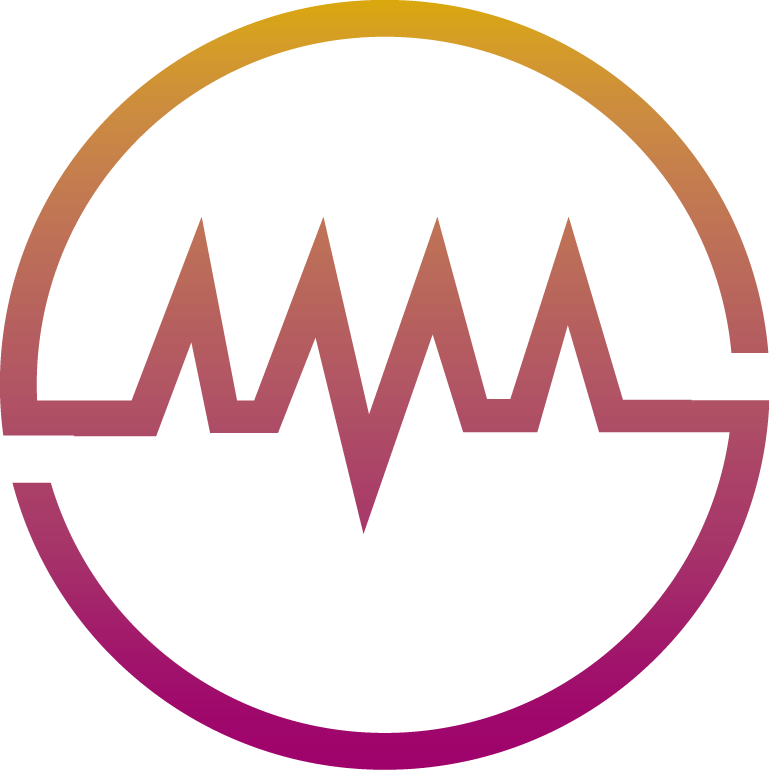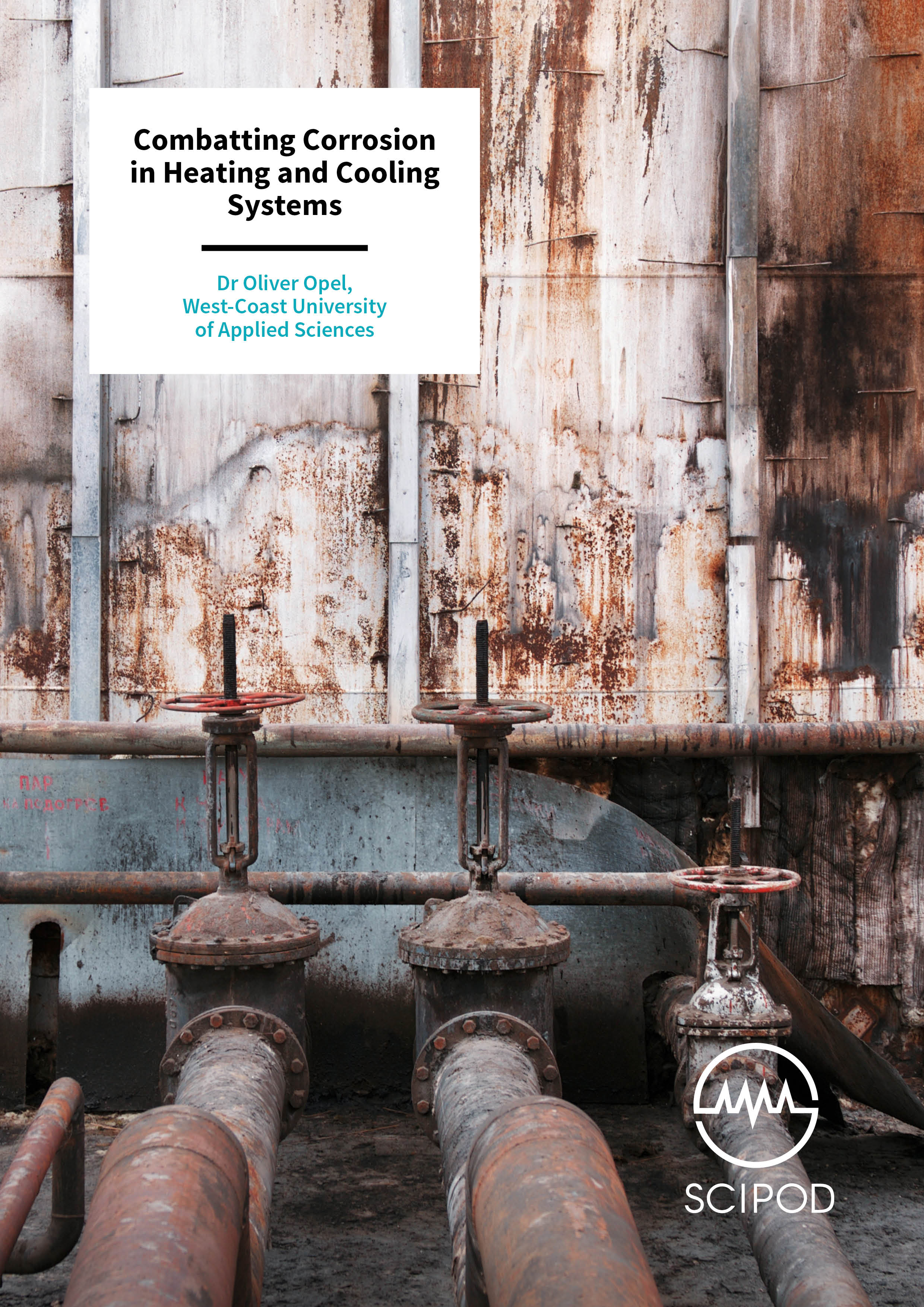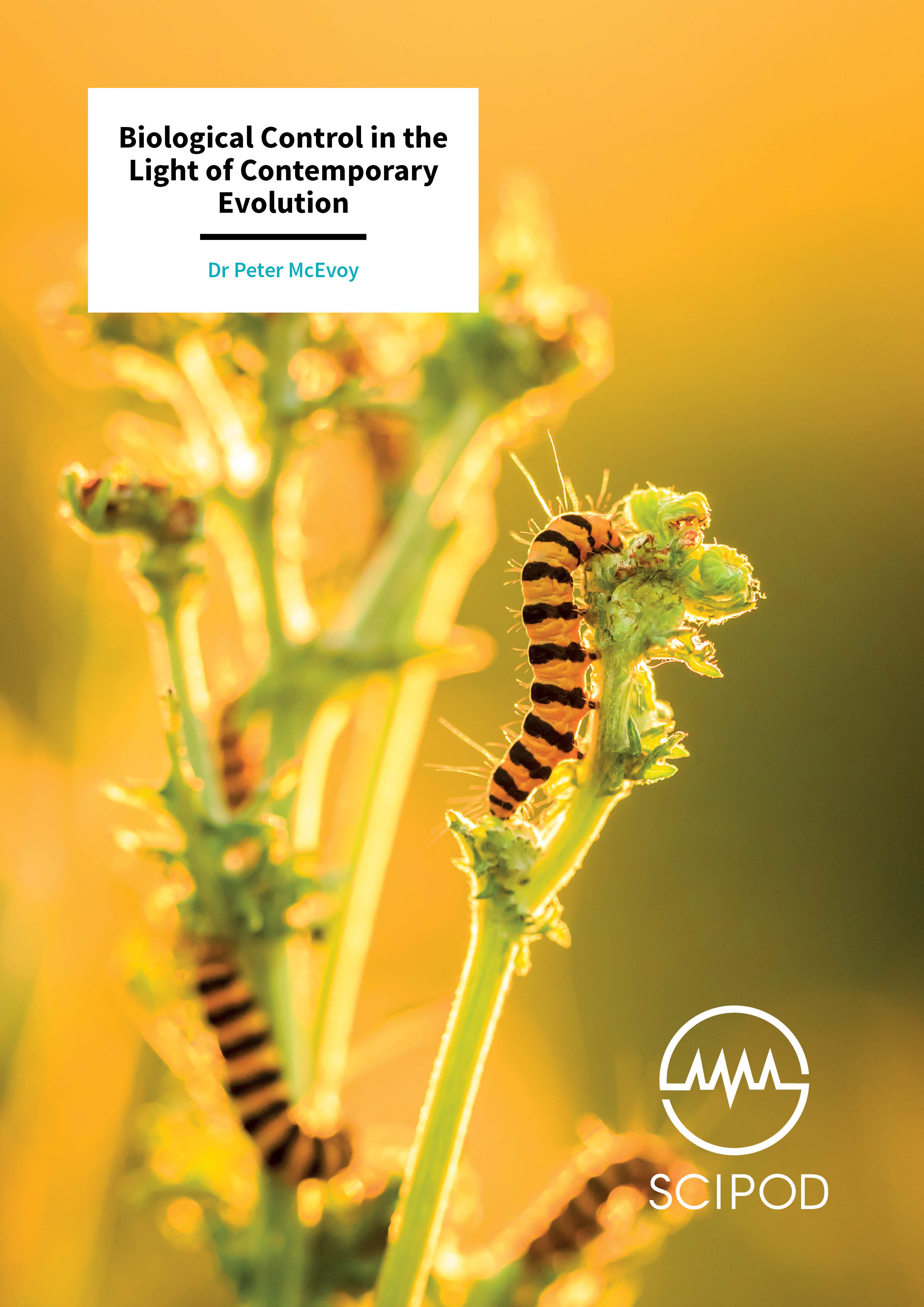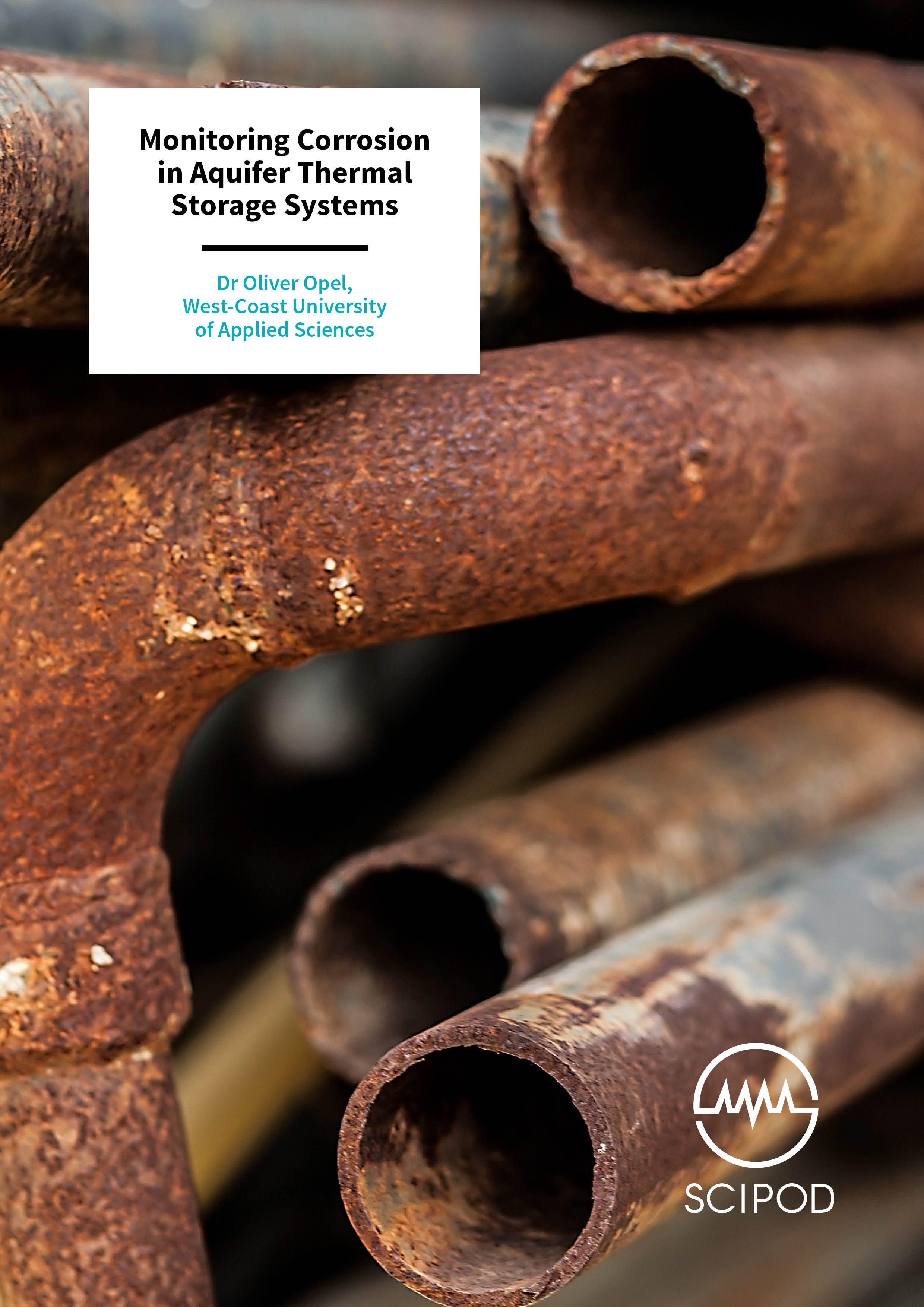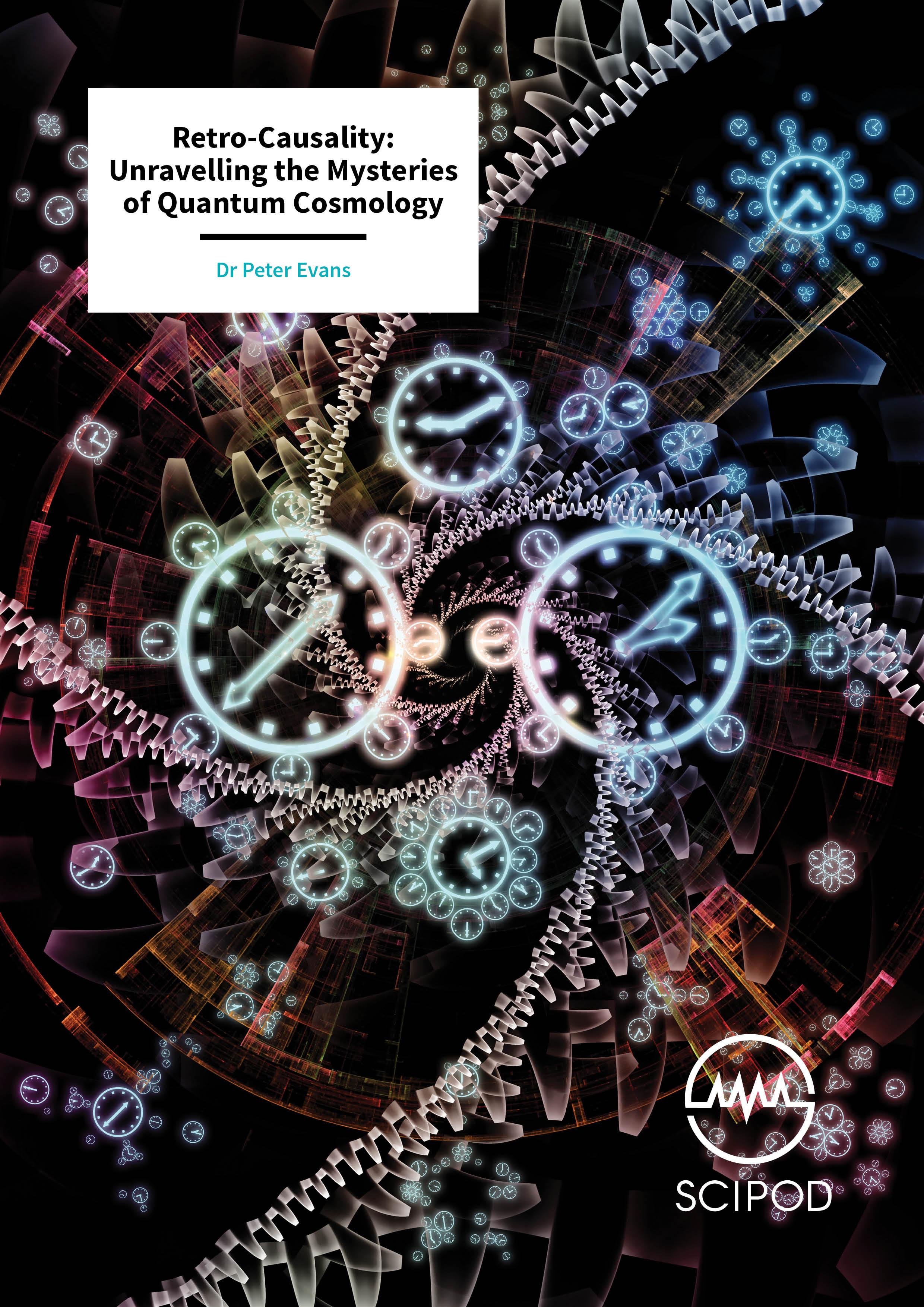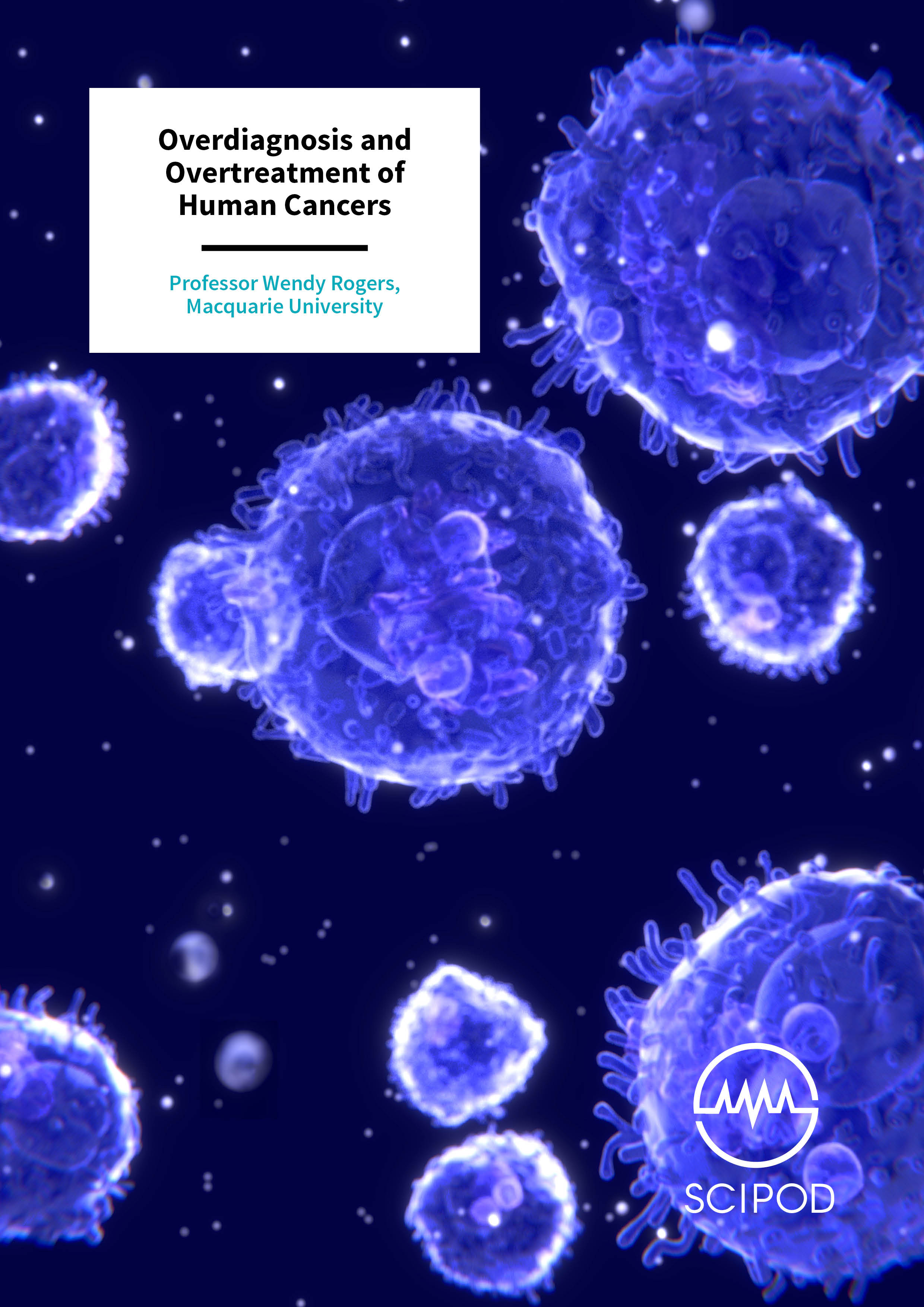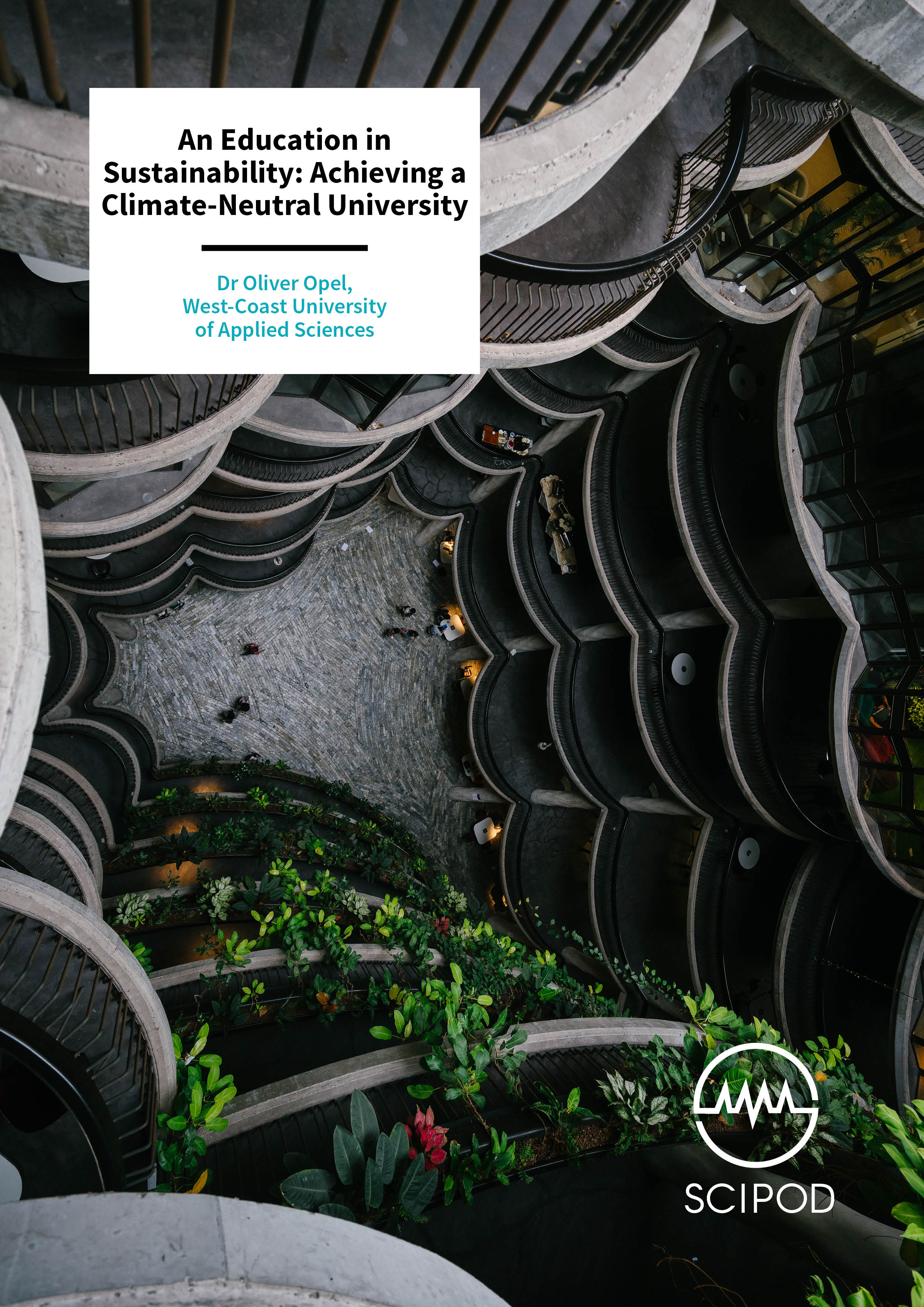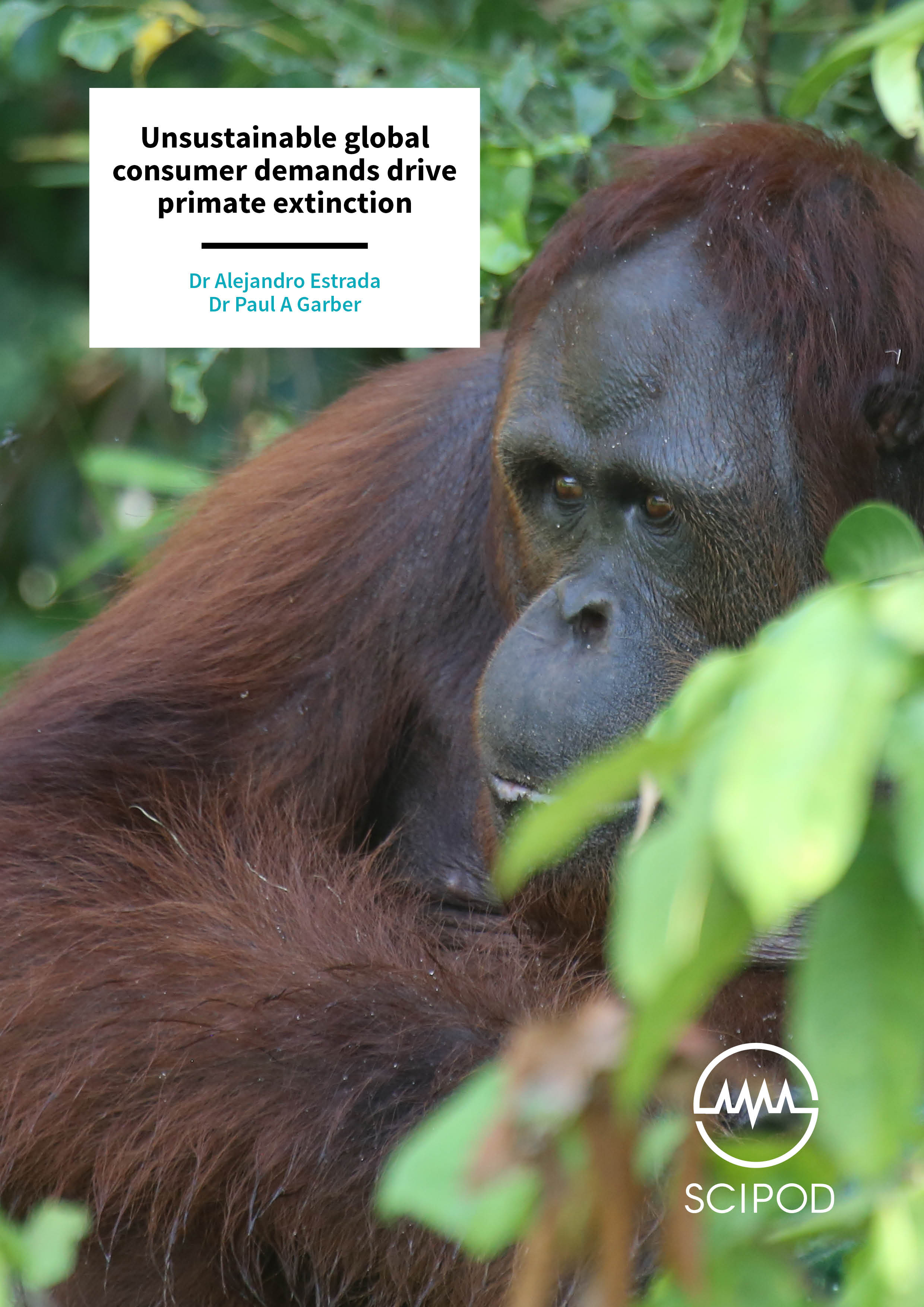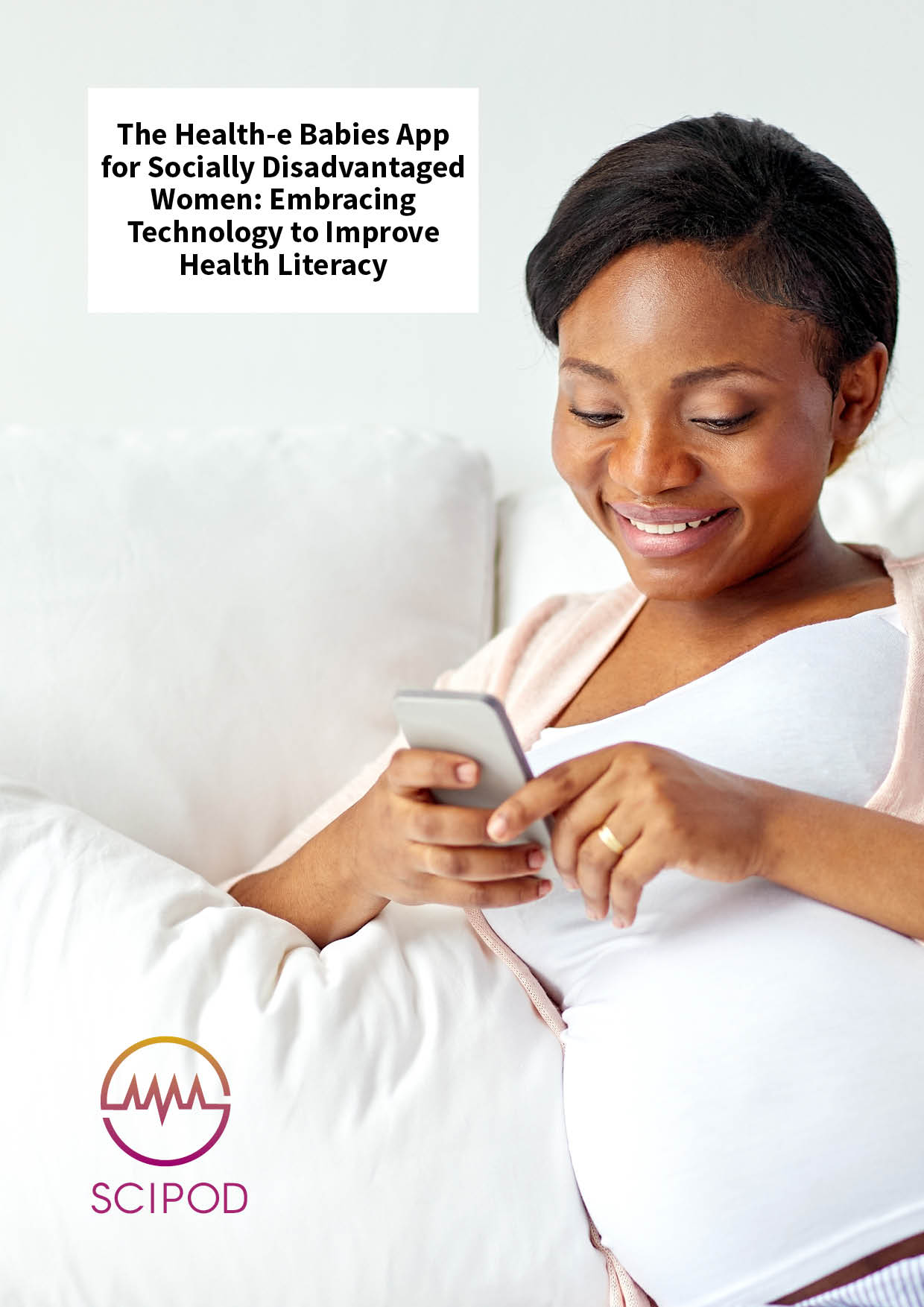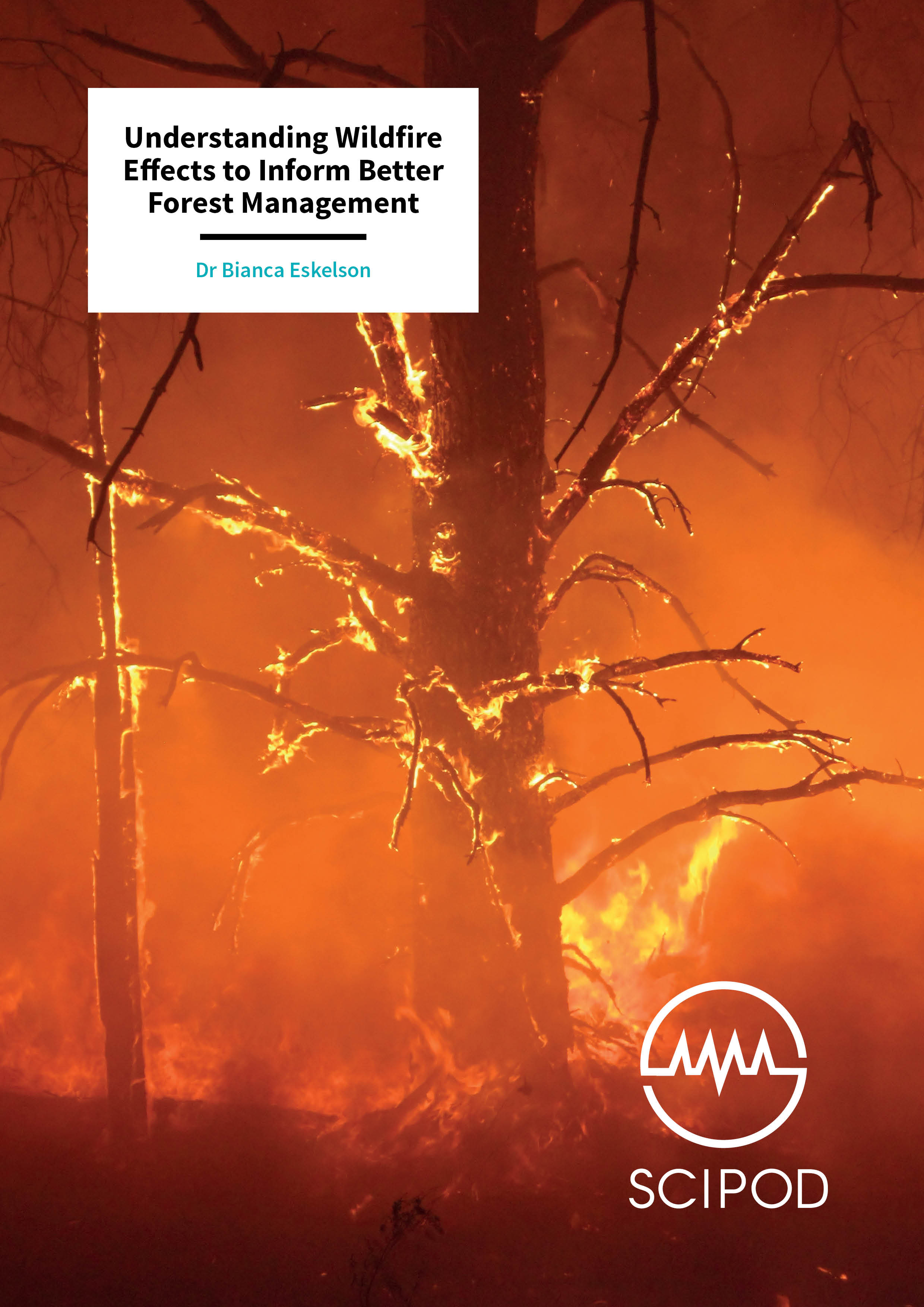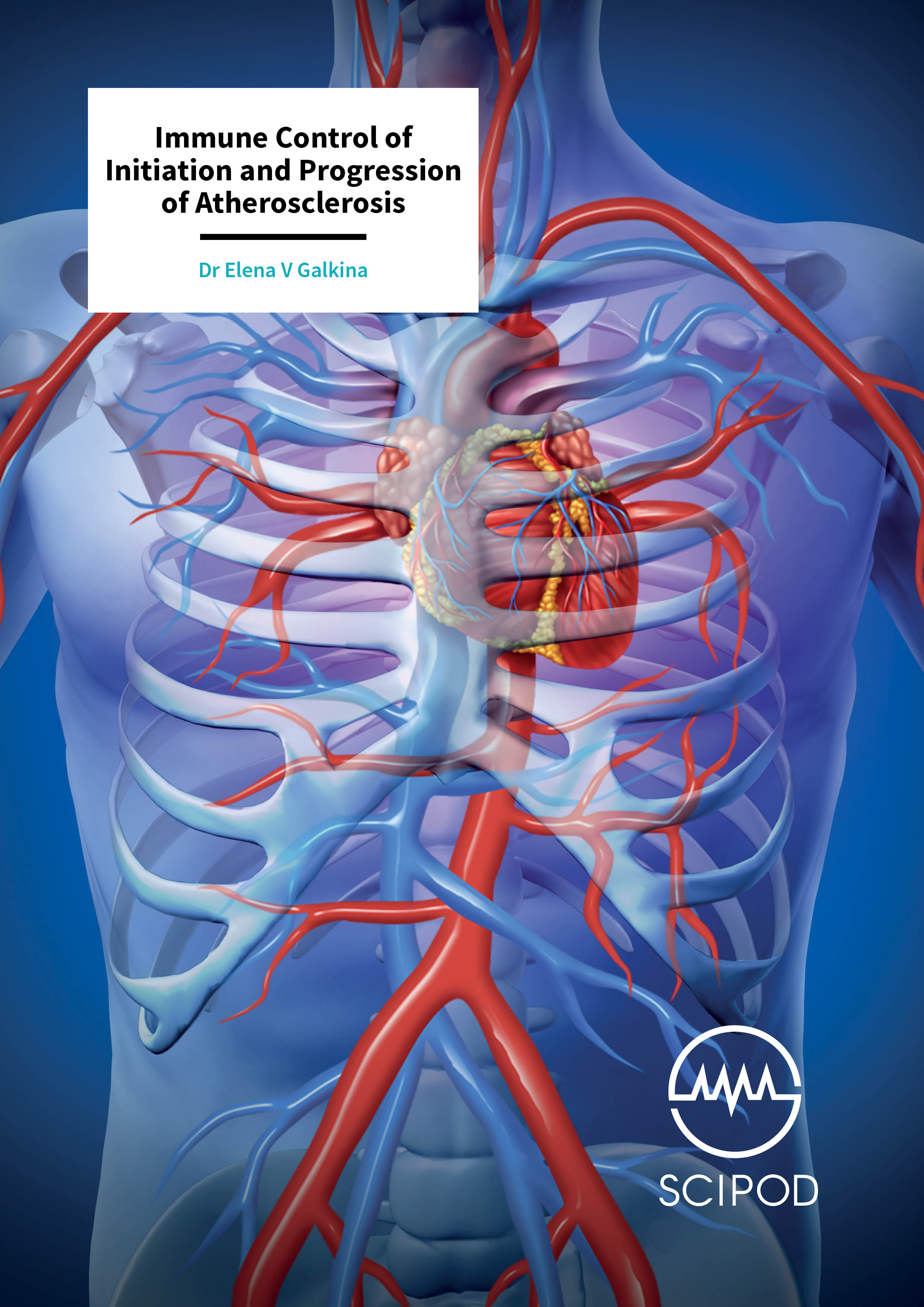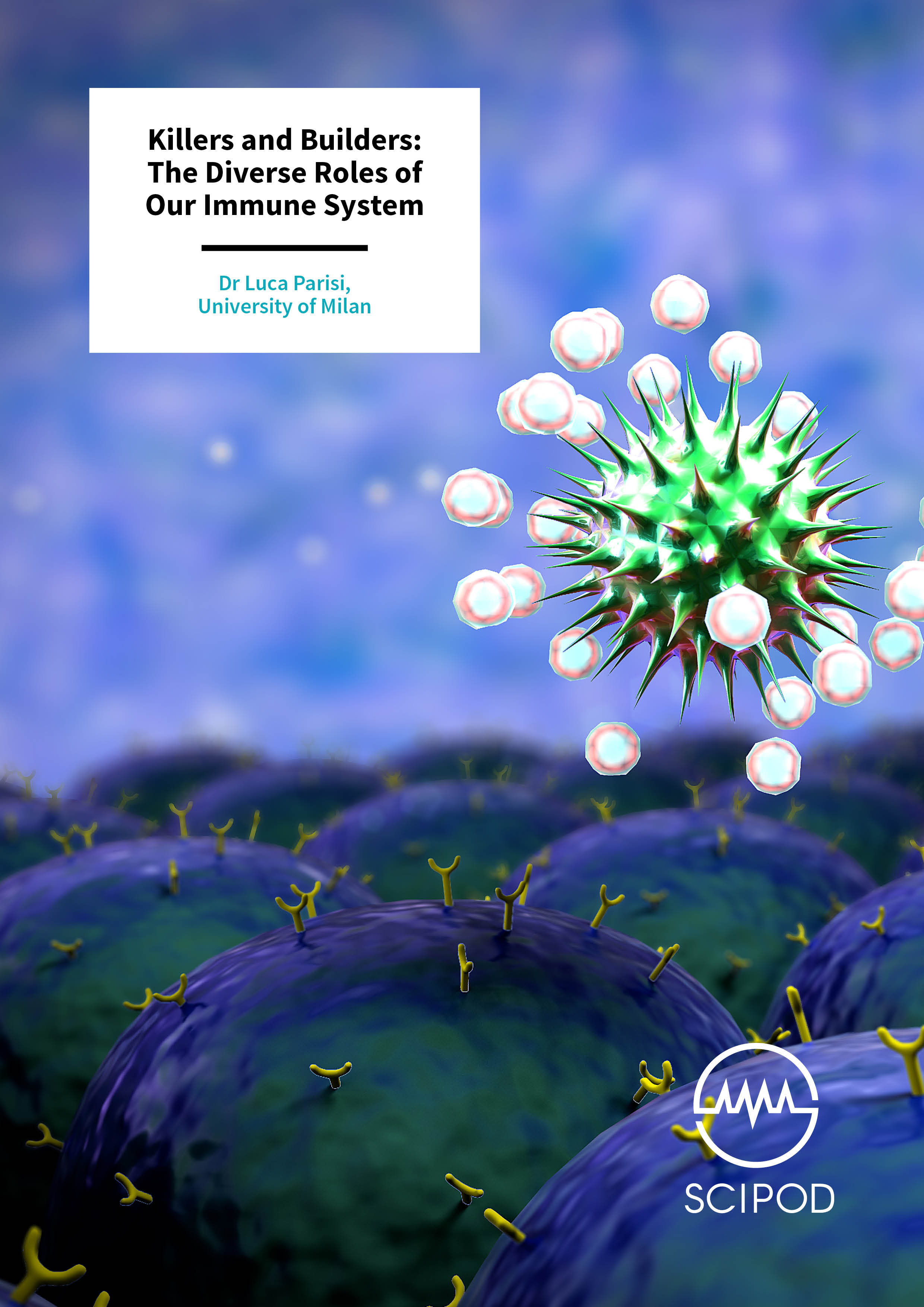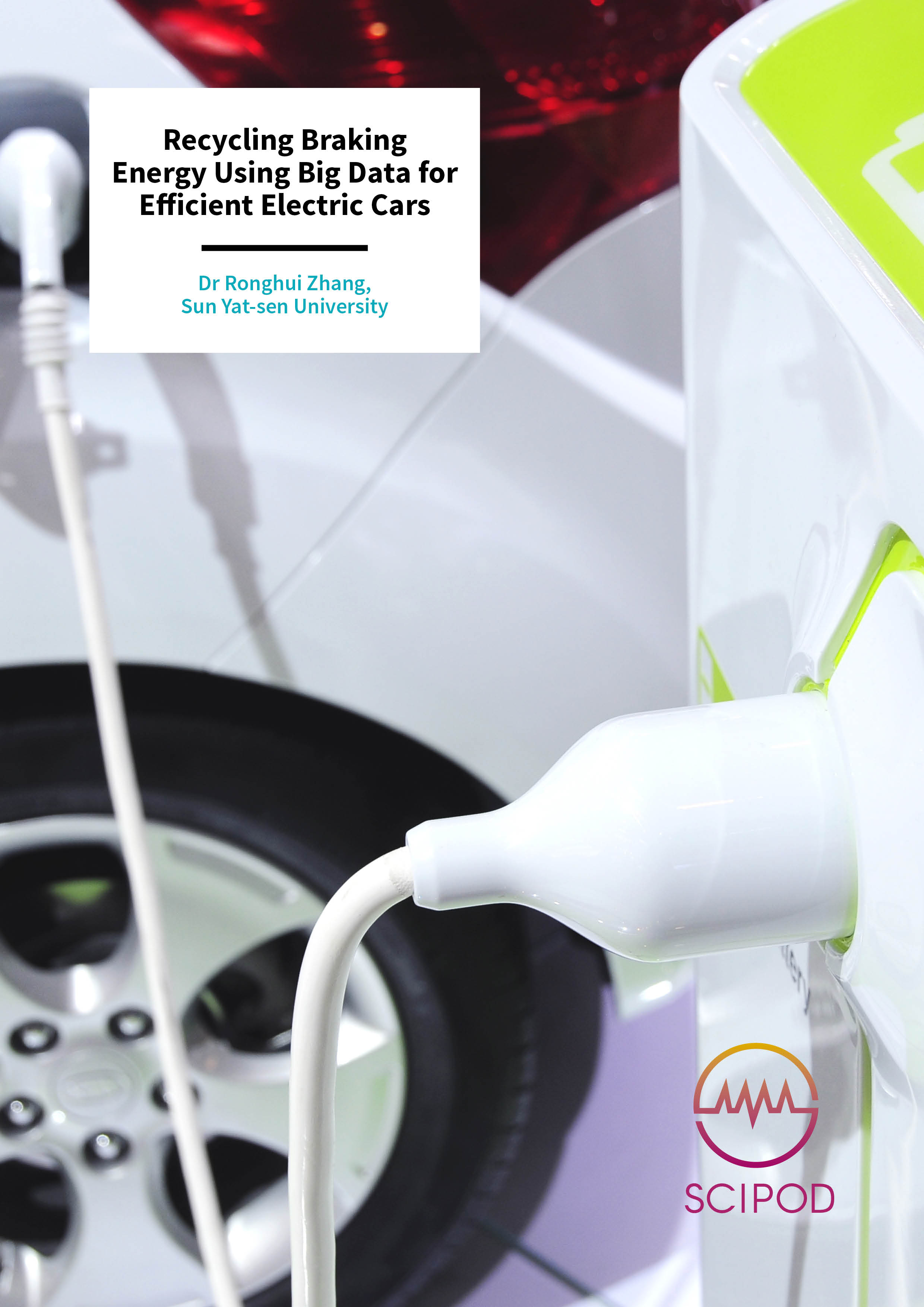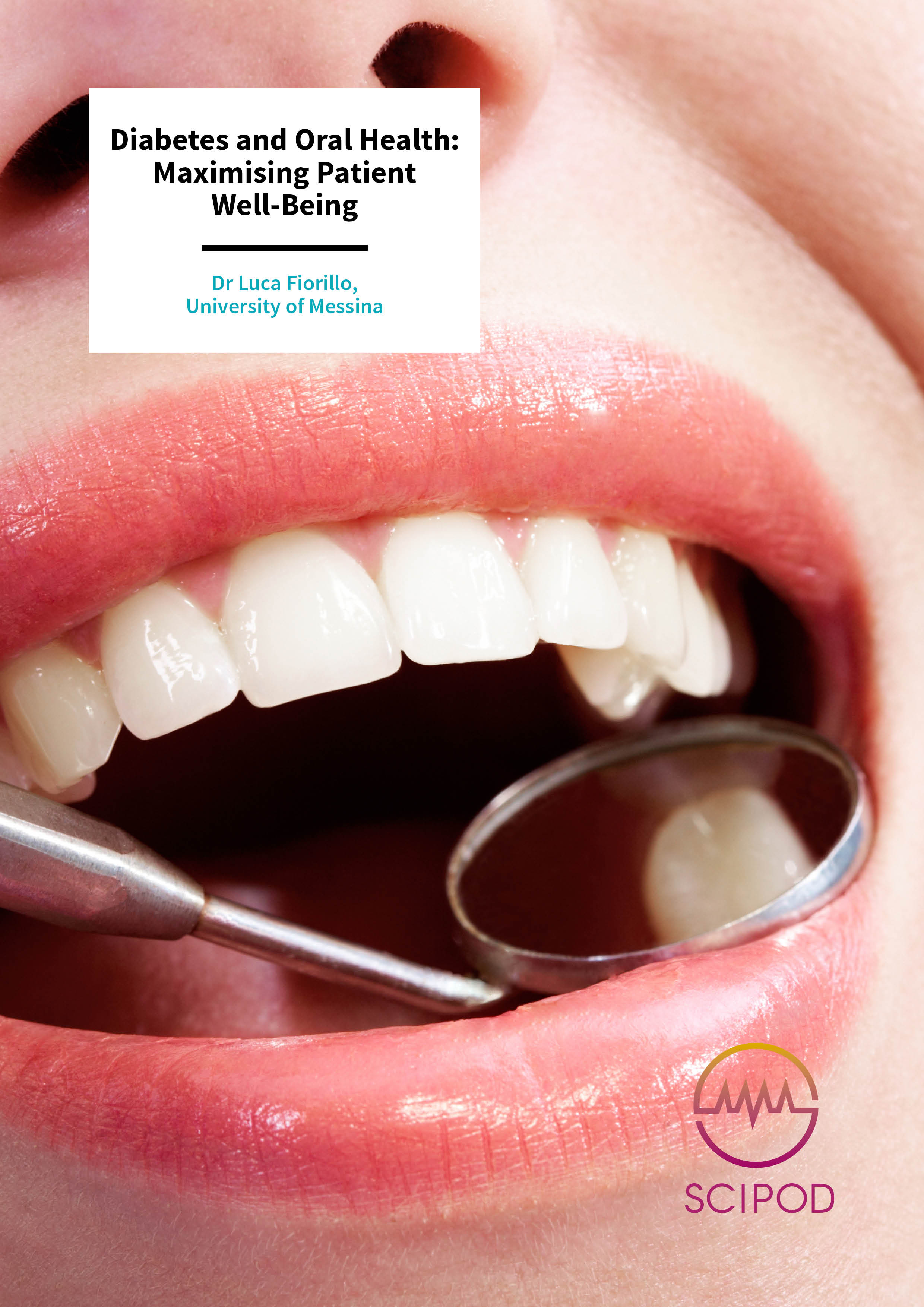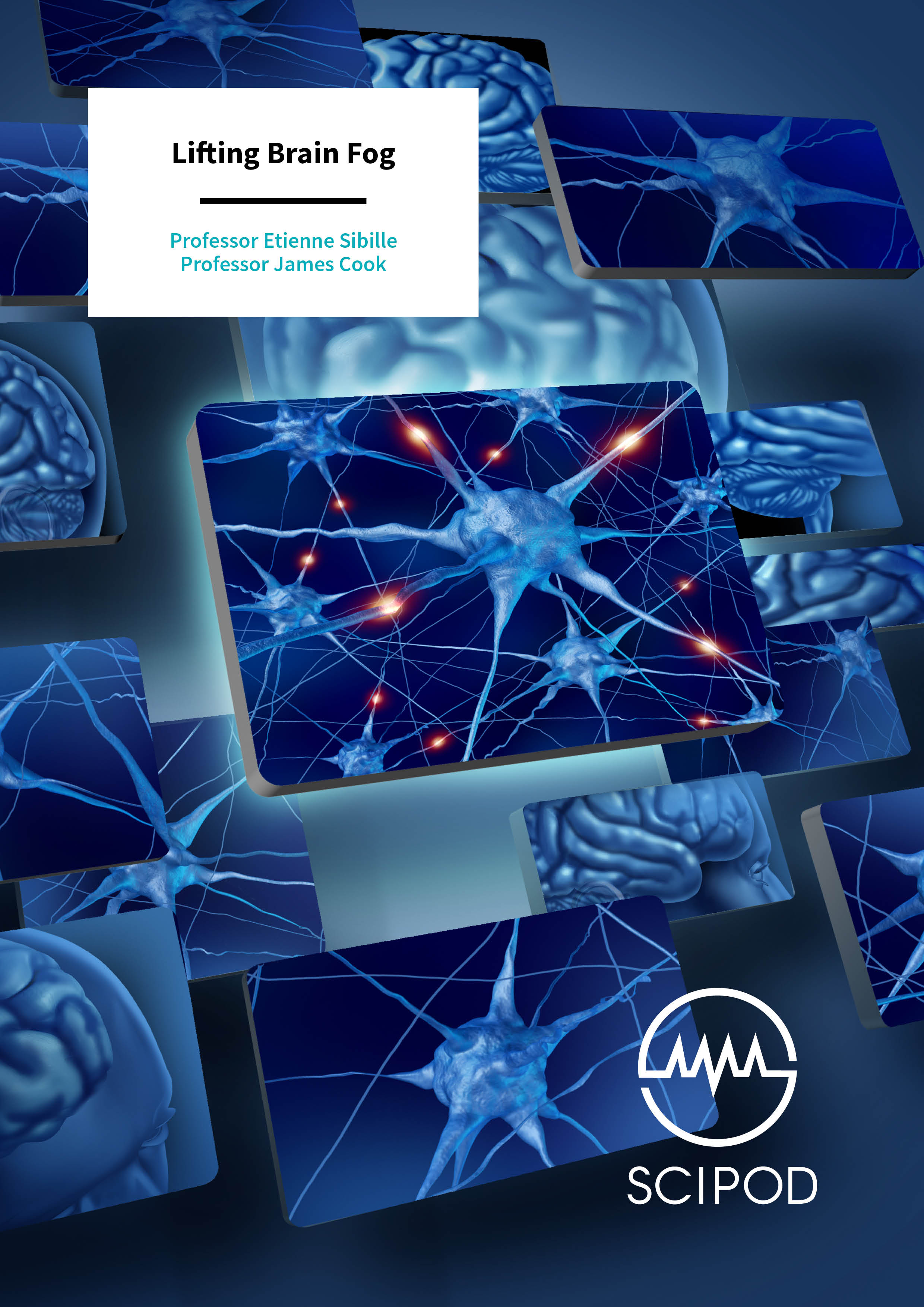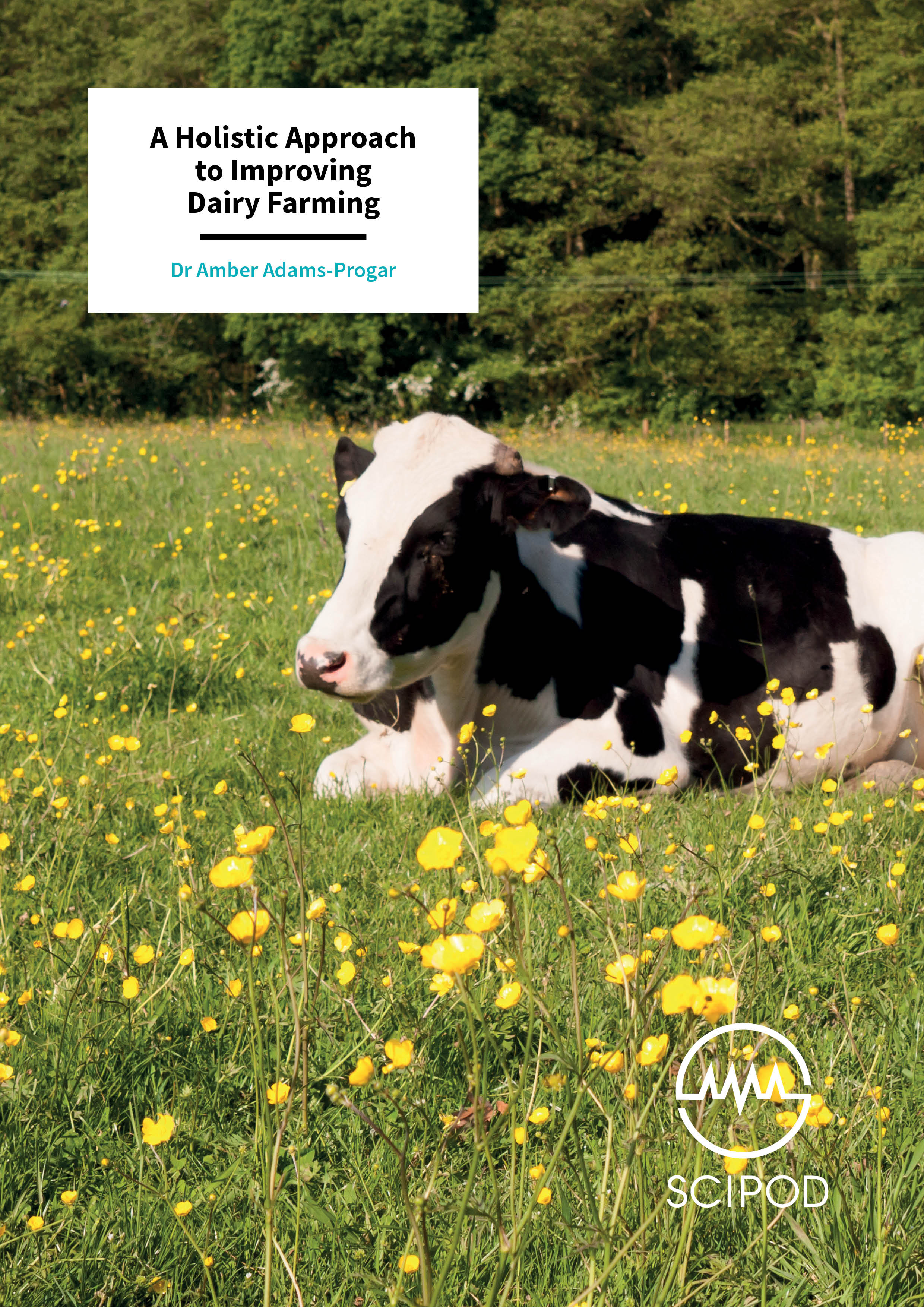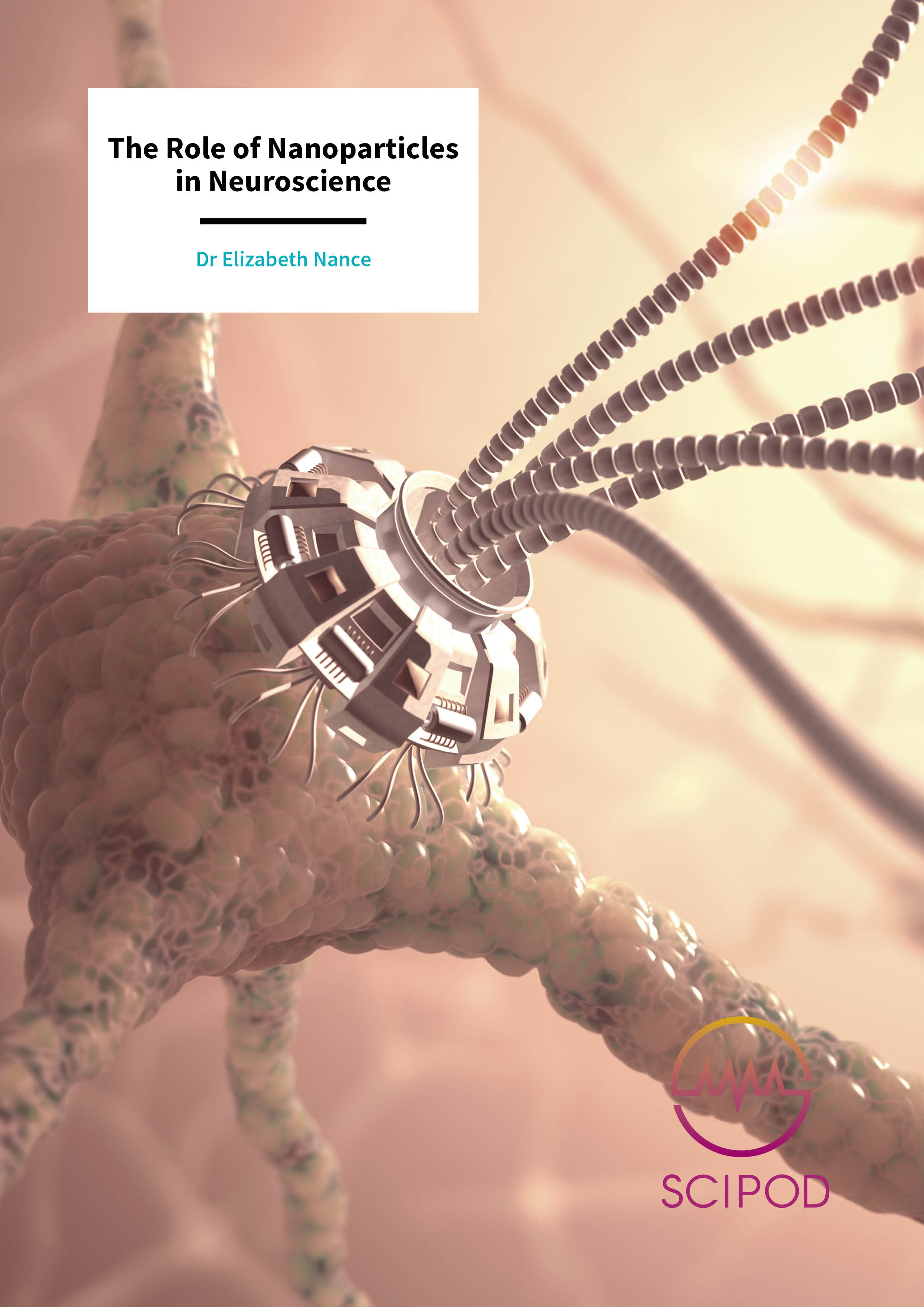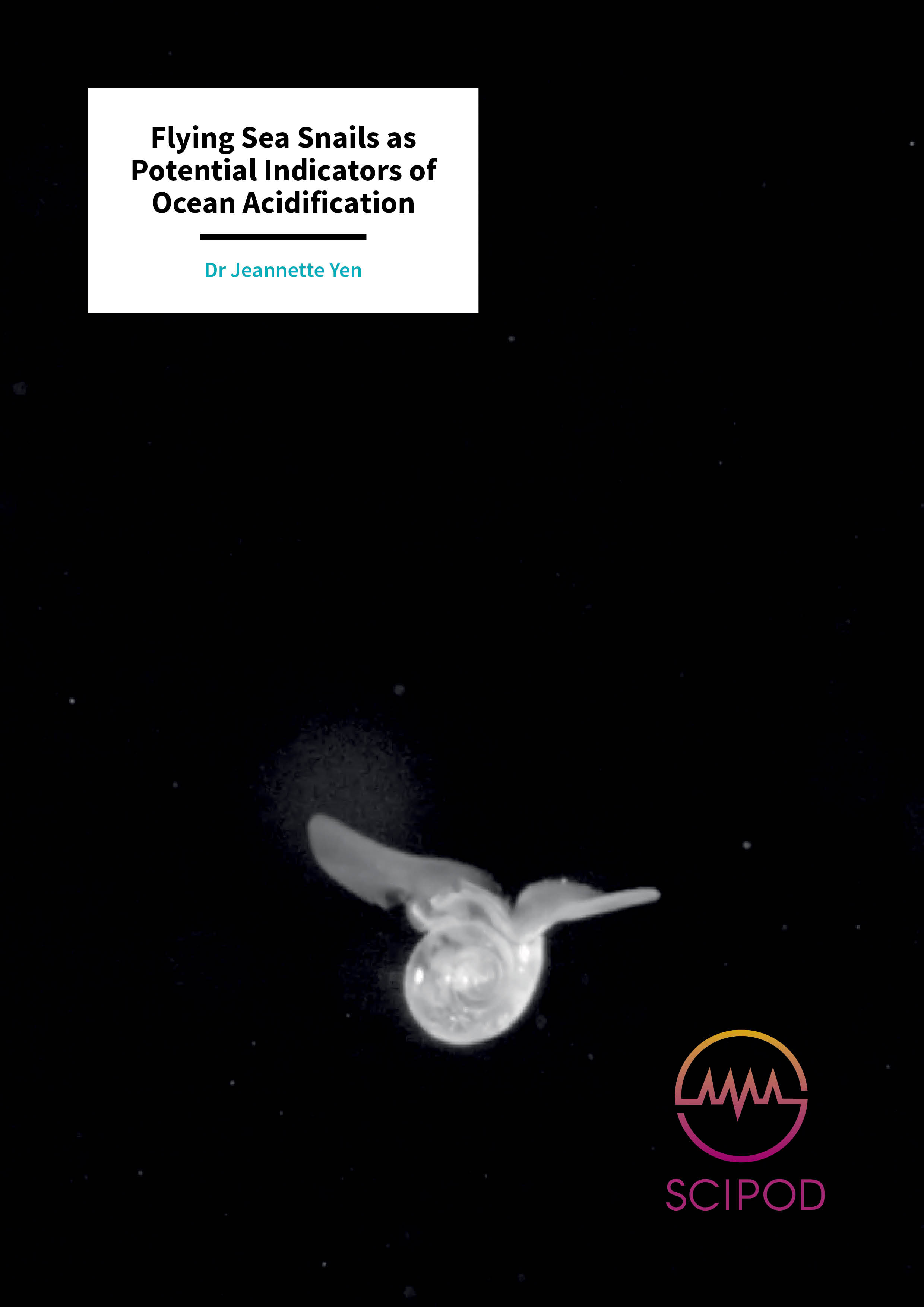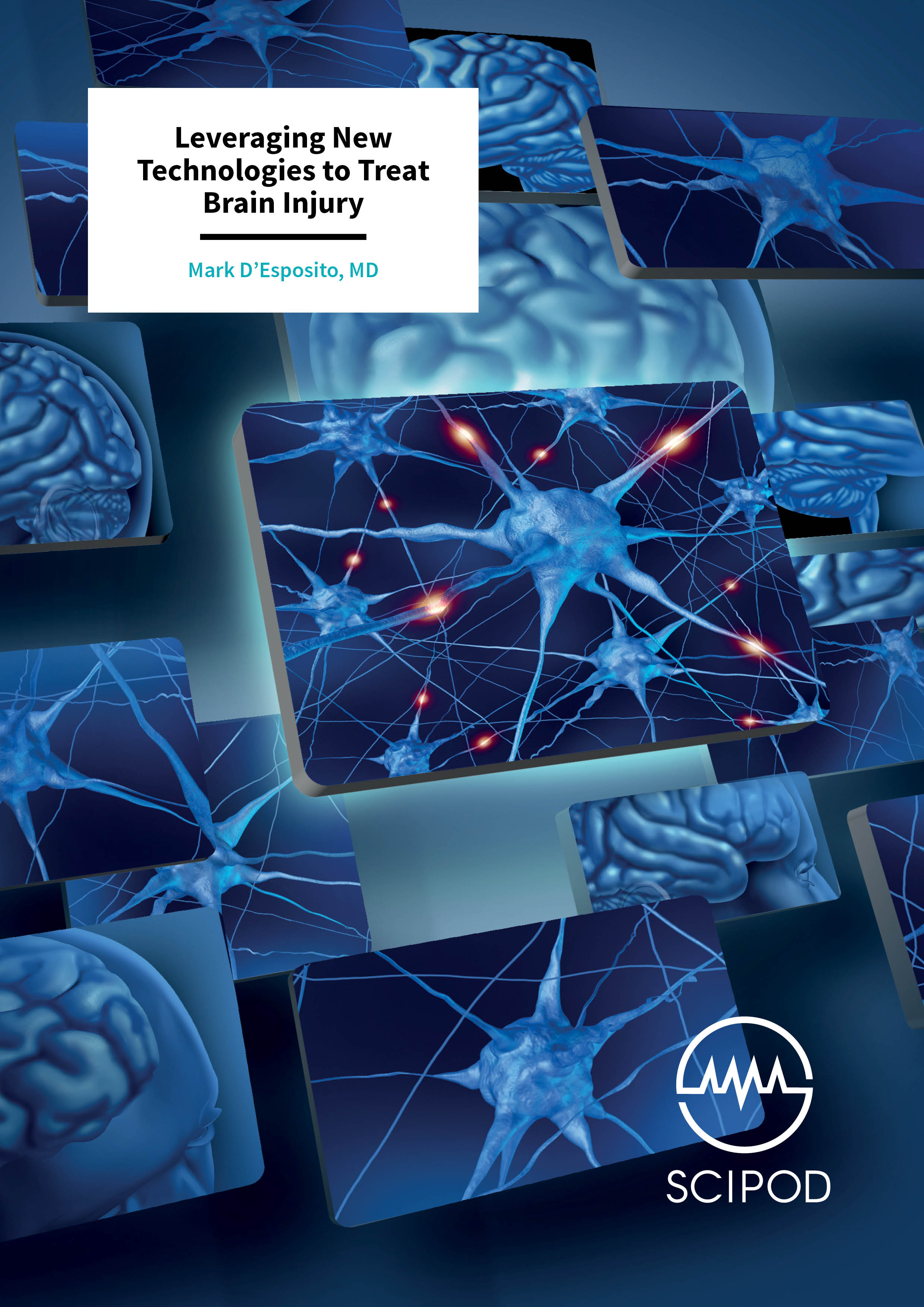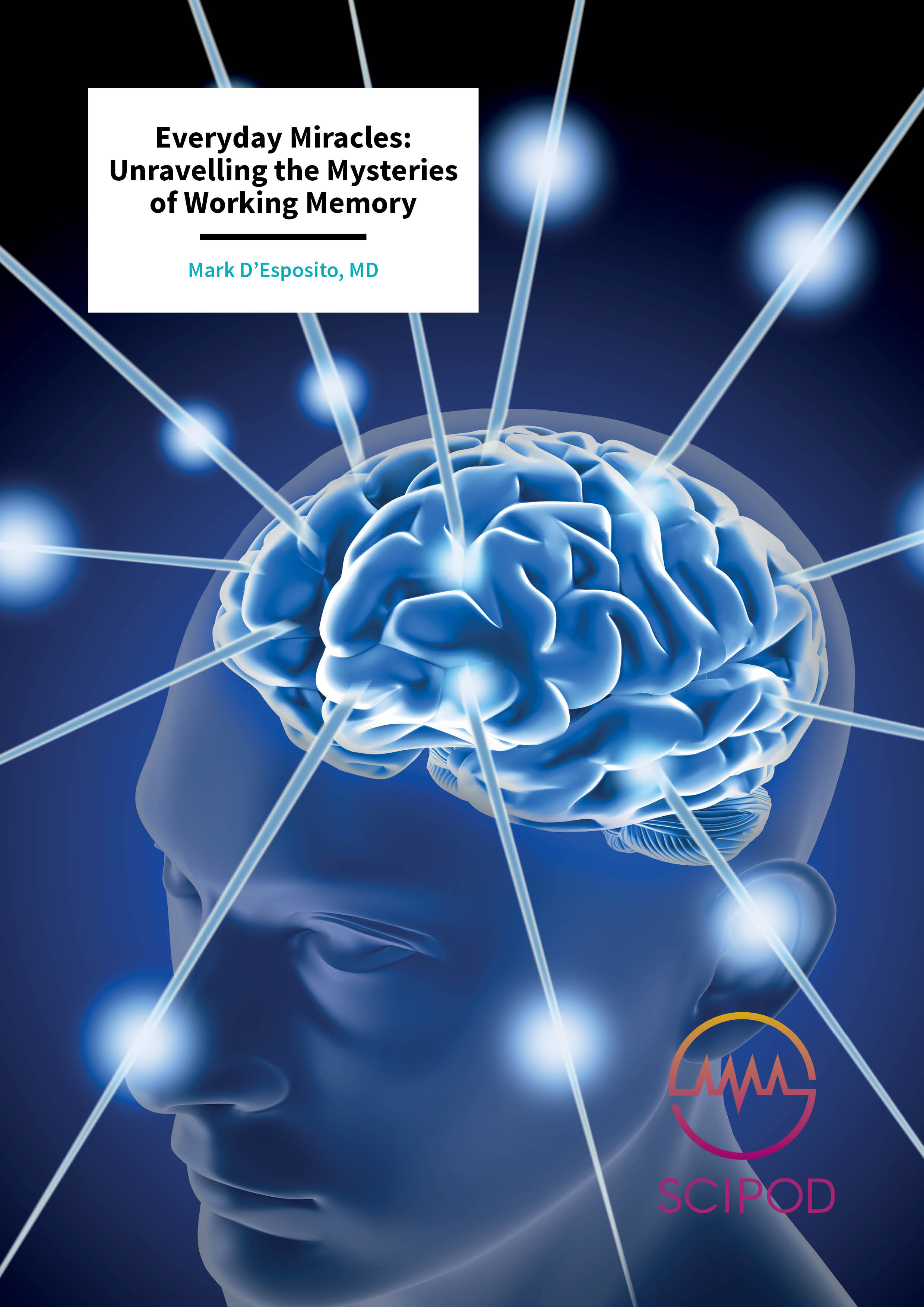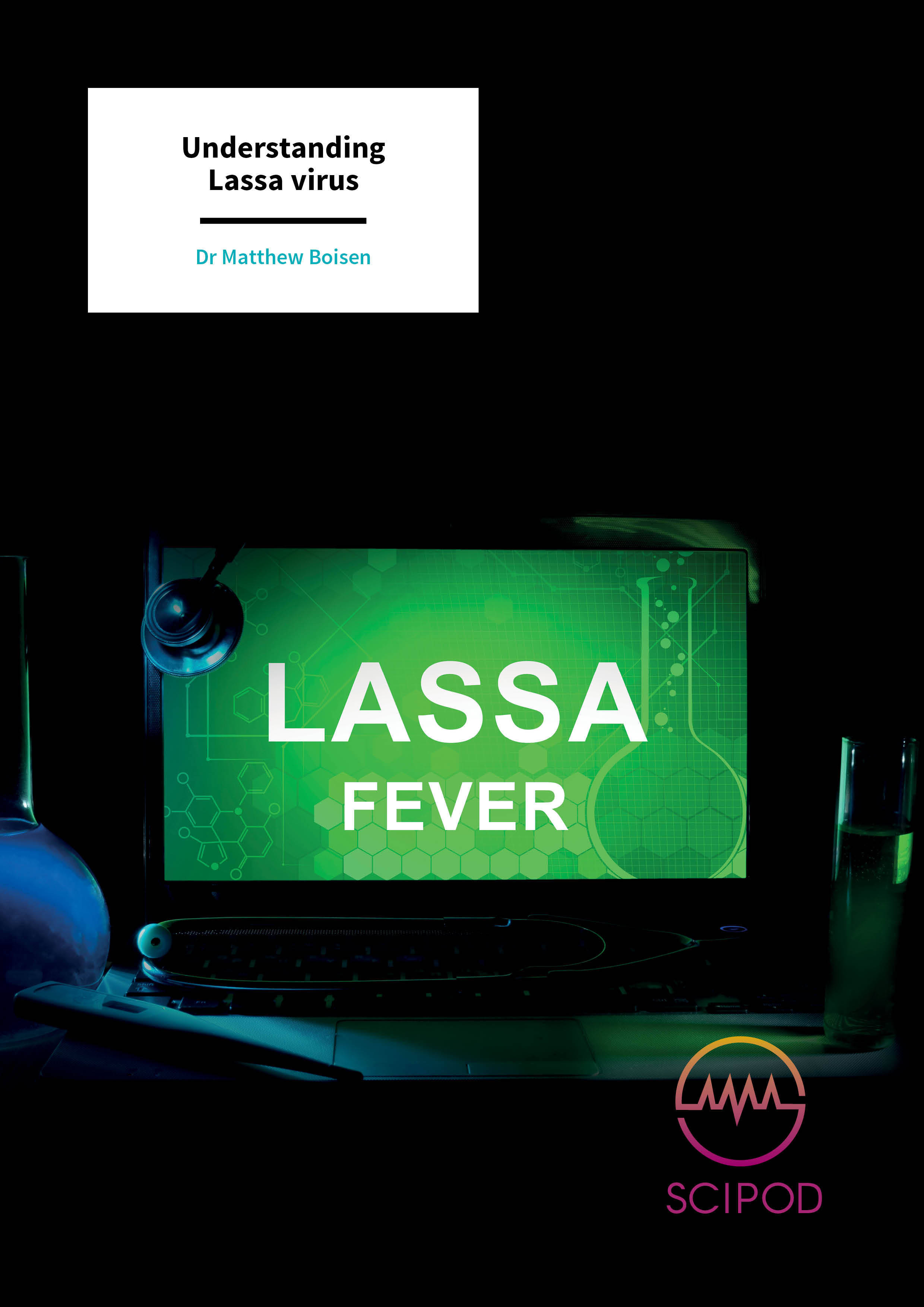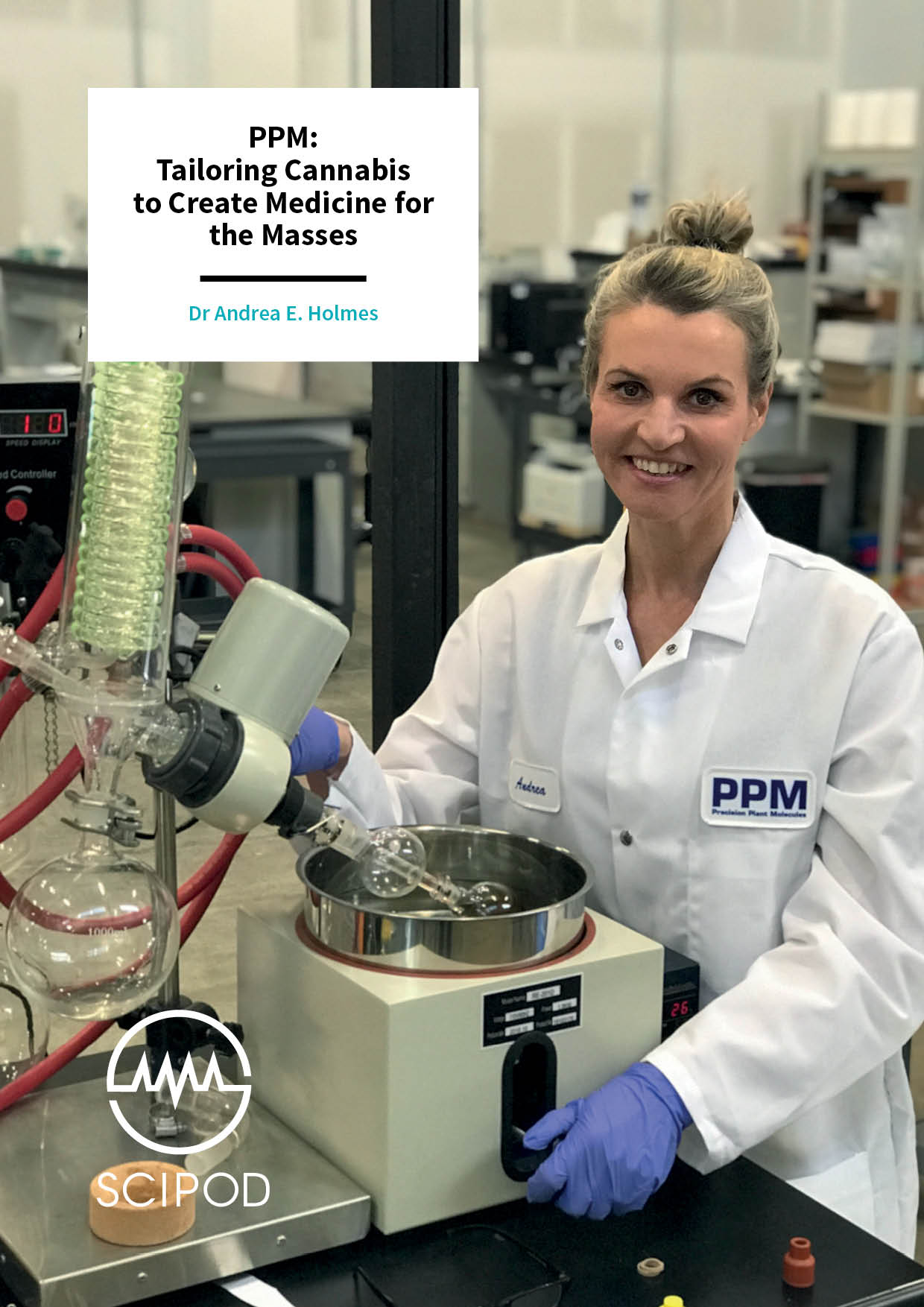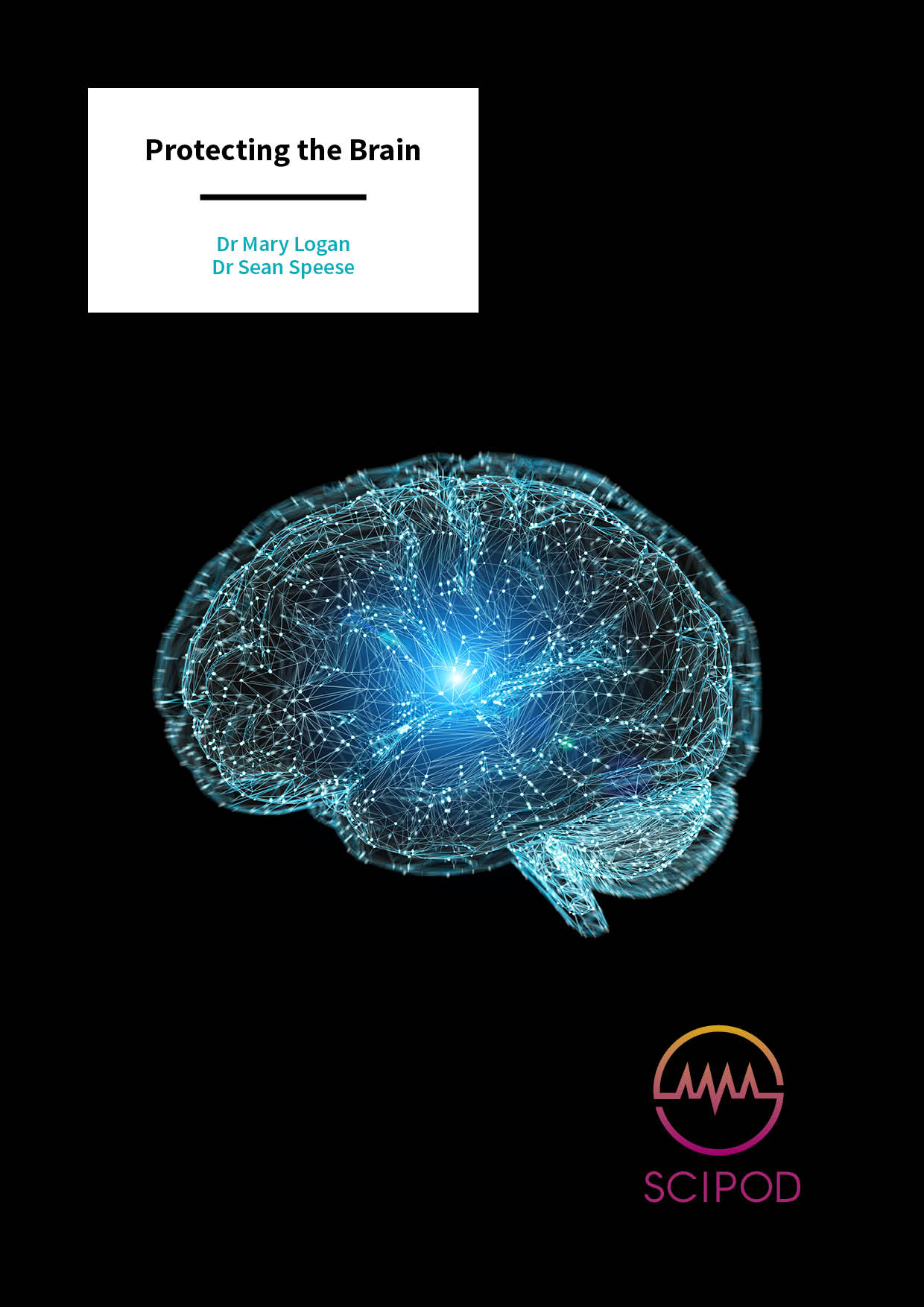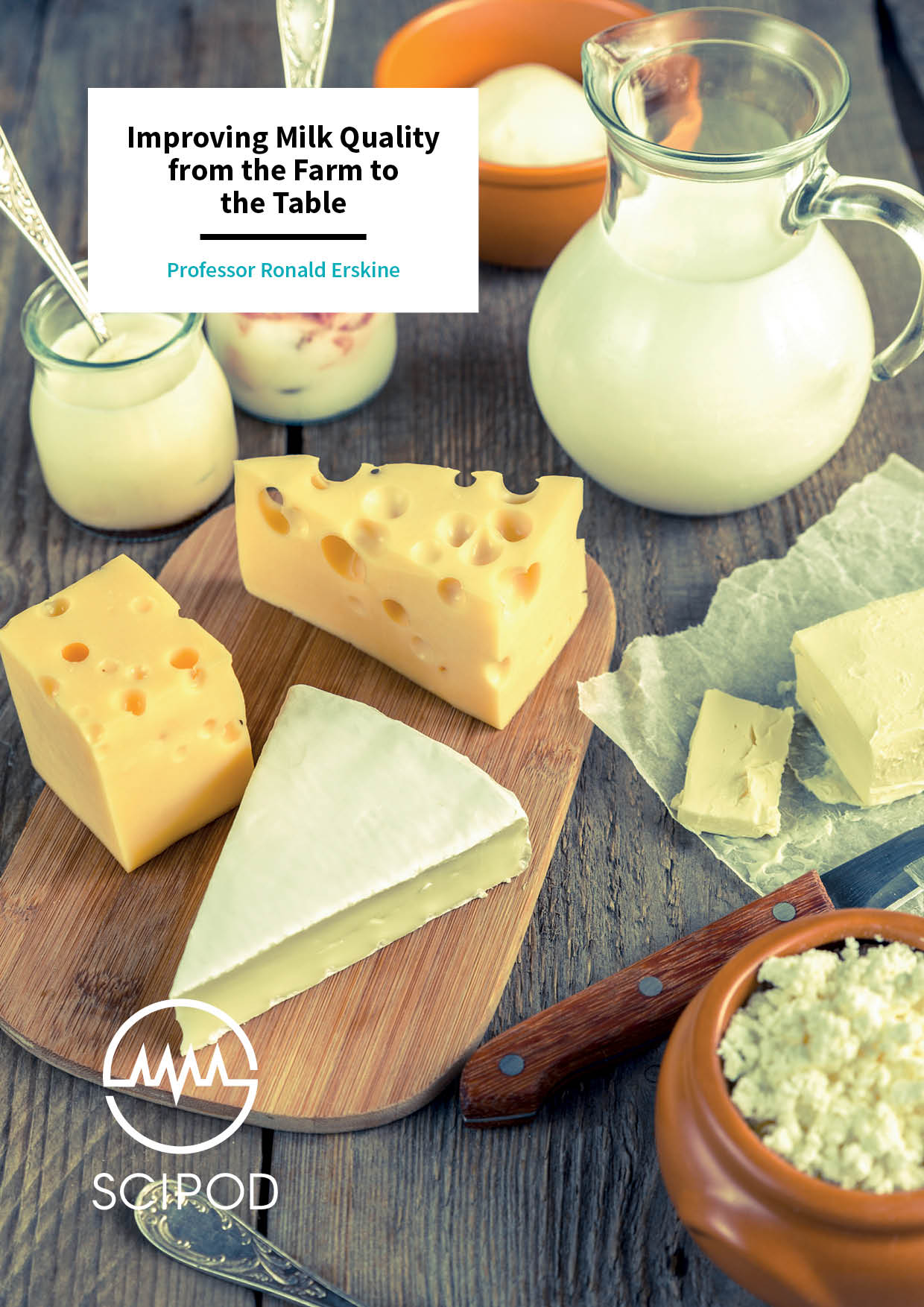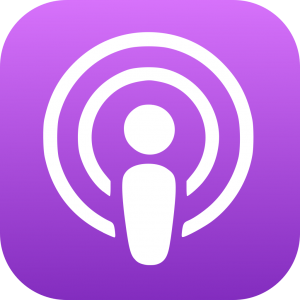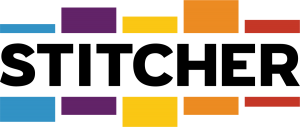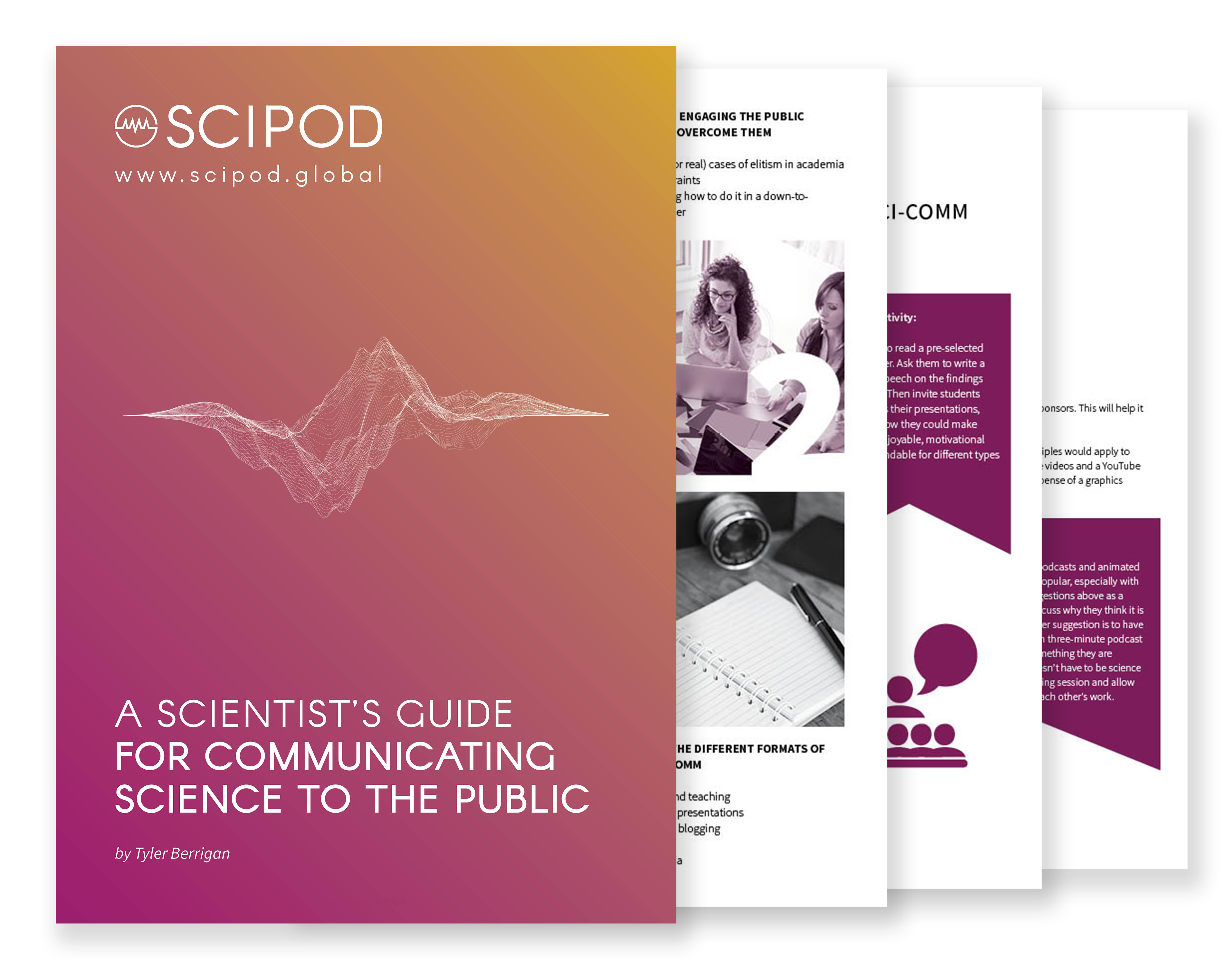Welcome to SciComm Radio
An exclusive interview series with leading scientists and science communicators
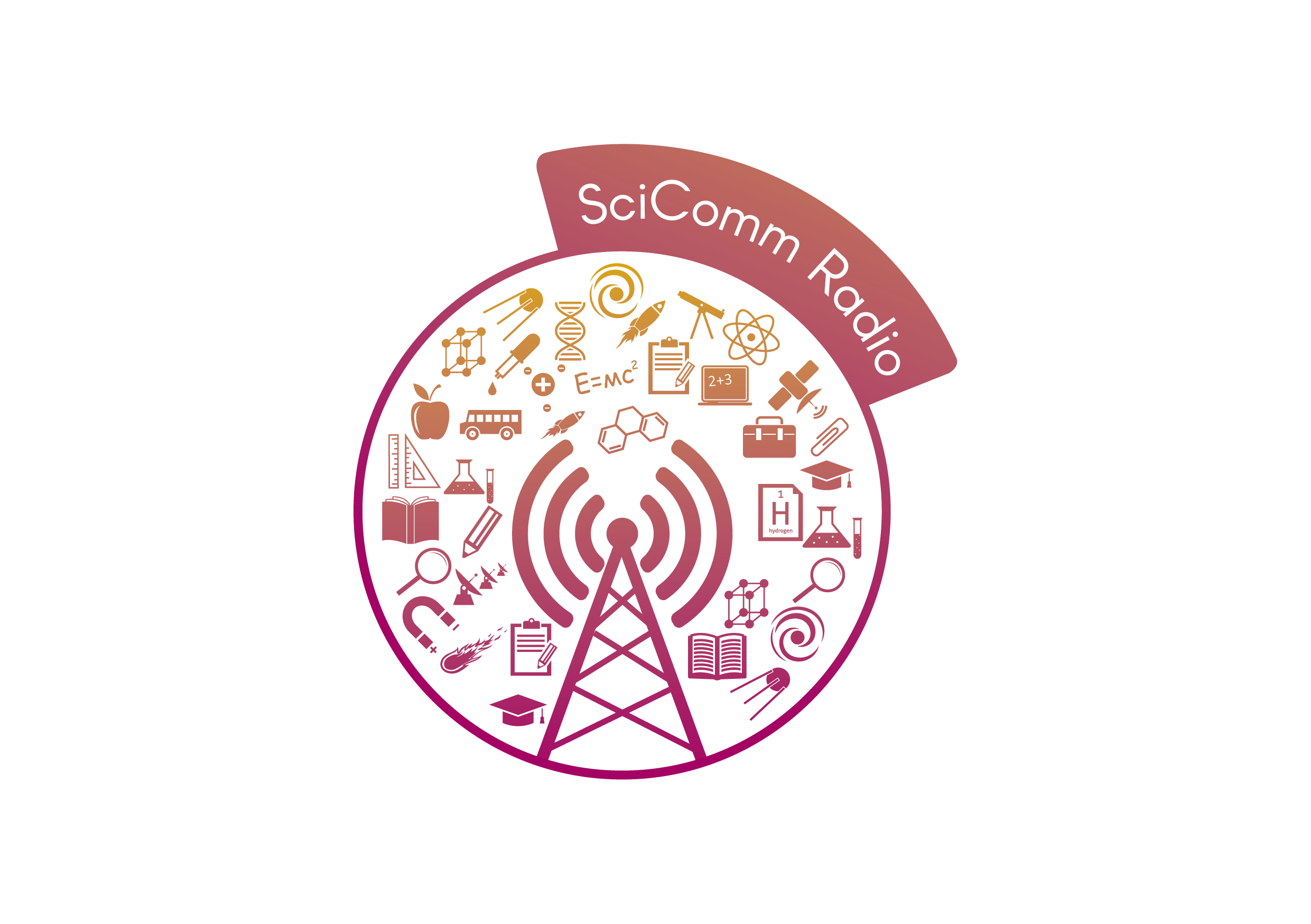
Click Below To Listen To A SciPod Radio Episode
Combatting Corrosion in Heating and Cooling Systems – Dr Oliver Opel, West-Coast University of Applied Sciences
Combatting Corrosion in Heating and Cooling Systems – Dr Oliver Opel, West-Coast University of Applied Sciences
Original article reference:
This SciPod is a summary of paper ‘Corrosion in Heating and Cooling Water Circuits – A Field Study’ in Energy Procedia.’ https://doi.org/10.1016/j.egypro.2018.11.042
Share Episode
About this episode
Water heating and cooling systems have become incredibly efficient in recent years, but unfortunately, their pipes and components provide ideal environments for corrosion. Dr Oliver Opel at the West Coast University of Applied Sciences in Germany explores the reasons why this corrosion problem appears to be growing. His team’s work could soon provide engineers with updated techniques to tackle corrosion in modern heating and cooling systems, which could prove critical in ensuring that new, energy-efficient buildings continue to operate smoothly.
This work is licensed under a Creative Commons Attribution 4.0 International License. 
What does this mean?
Share: You can copy and redistribute the material in any medium
or format
Adapt: You can change, and build upon the material for any
purpose, even commercially.
Credit: You must give appropriate credit, provide a link to the
license, and indicate if changes were made.
Related episodes
Increase the impact of your research
• Good science communication encourages everyday people to be scientifically literate so that they can analyse the integrity and legitimacy of information.
• Good science communication encourages people into STEM-related fields of study and employment.
• Good public science communication fosters a community around research that includes both members of the public, policymakers and scientists.
• In a recent survey, 75% of people suggested they would prefer to listen to an interesting story than read it.
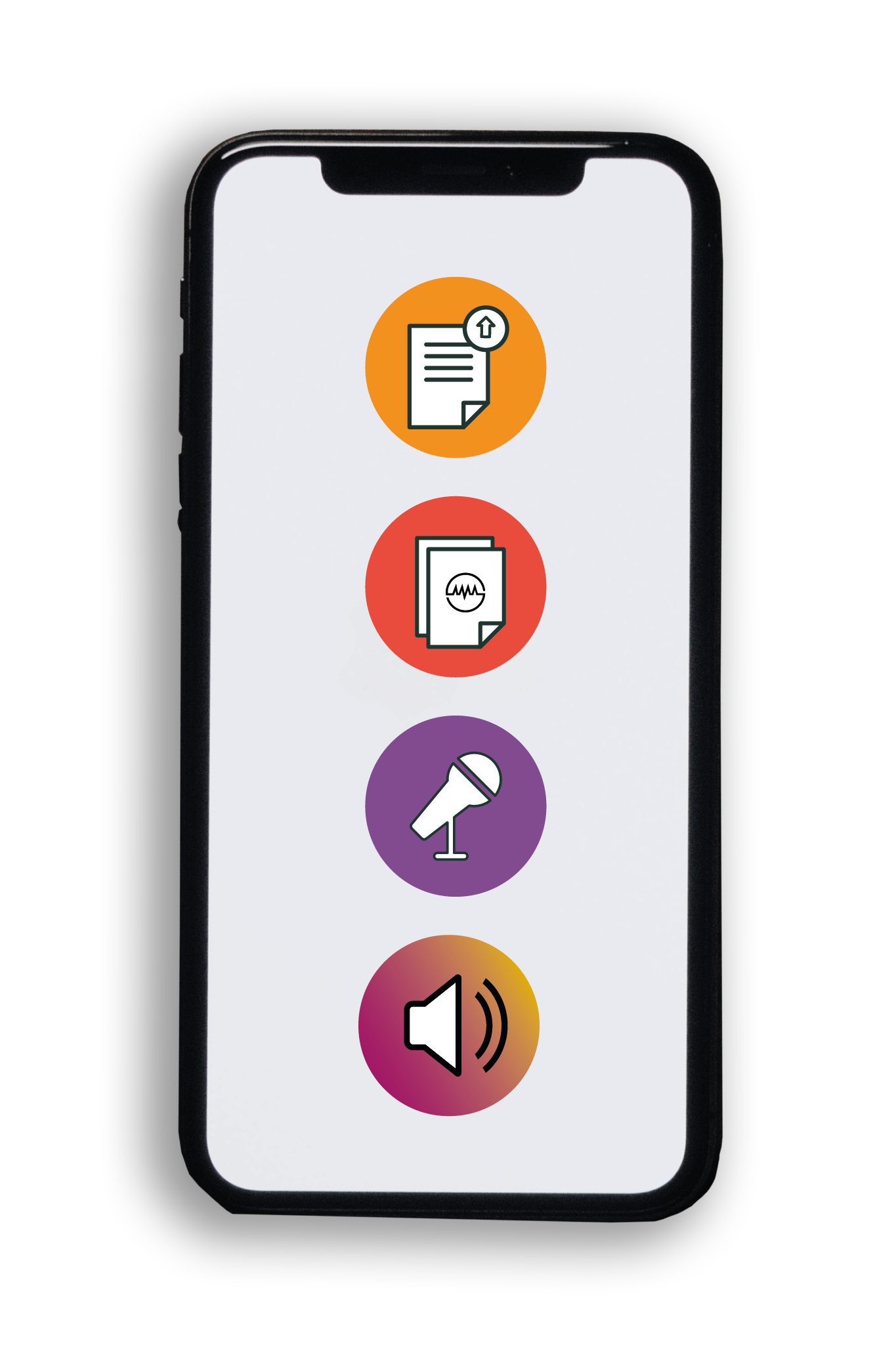
Upload your science paper
Step 2
SciPod script written
Step 3
Voice audio recorded
Step 4
SciPod published
Transforming How Life Science Is Taught – The PULSE Working Group
Transforming How Life Science Is Taught – The PULSE Working Group
Original article reference:
https://doi.org/10.https://doi.org/10.33548/SCIENTIA39533548/SCIENTIA401
Share Episode
About this episode
This work is licensed under a Creative Commons Attribution 4.0 International License. 
What does this mean?
Share: You can copy and redistribute the material in any medium
or format
Adapt: You can change, and build upon the material for any
purpose, even commercially.
Credit: You must give appropriate credit, provide a link to the
license, and indicate if changes were made.
Related episodes
Increase the impact of your research
• Good science communication encourages everyday people to be scientifically literate so that they can analyse the integrity and legitimacy of information.
• Good science communication encourages people into STEM-related fields of study and employment.
• Good public science communication fosters a community around research that includes both members of the public, policymakers and scientists.
• In a recent survey, 75% of people suggested they would prefer to listen to an interesting story than read it.

Upload your science paper
Step 2
SciPod script written
Step 3
Voice audio recorded
Step 4
SciPod published
Biological Control In The Light Of Contemporary Evolution-Dr Peter McEvoy
Biological Control In The Light Of Contemporary Evolution-Dr Peter McEvoy
Original article reference:
This SciPod is a summary of the paper ‘Monitoring of microbially mediated corrosion and scaling processes using redox potential measurements’ in Bioelectrochemistry 97, 137 144.
https://doi.org/10.1016/j.bioelechem.2013.11.004
Share Episode
About this episode
This work is licensed under a Creative Commons Attribution 4.0 International License. 
What does this mean?
Share: You can copy and redistribute the material in any medium
or format
Adapt: You can change, and build upon the material for any
purpose, even commercially.
Credit: You must give appropriate credit, provide a link to the
license, and indicate if changes were made.
Related episodes
Increase the impact of your research
• Good science communication encourages everyday people to be scientifically literate so that they can analyse the integrity and legitimacy of information.
• Good science communication encourages people into STEM-related fields of study and employment.
• Good public science communication fosters a community around research that includes both members of the public, policymakers and scientists.
• In a recent survey, 75% of people suggested they would prefer to listen to an interesting story than read it.

Upload your science paper
Step 2
SciPod script written
Step 3
Voice audio recorded
Step 4
SciPod published
Monitoring Corrosion in Aquifer Thermal Storage Systems – Dr Oliver Opel, University of Applied Sciences Heide Germany
Monitoring Corrosion in Aquifer Thermal Storage Systems – Dr Oliver Opel, University of Applied Sciences Heide Germany
Original article reference:
This SciPod is a summary of the paper ‘Monitoring of microbially mediated corrosion and scaling processes using redox potential measurements’ in Bioelectrochemistry 97, 137 144.
https://doi.org/10.1016/j.bioelechem.2013.11.004
Share Episode
About this episode
This work is licensed under a Creative Commons Attribution 4.0 International License. 
What does this mean?
Share: You can copy and redistribute the material in any medium
or format
Adapt: You can change, and build upon the material for any
purpose, even commercially.
Credit: You must give appropriate credit, provide a link to the
license, and indicate if changes were made.
Related episodes
Increase the impact of your research
• Good science communication encourages everyday people to be scientifically literate so that they can analyse the integrity and legitimacy of information.
• Good science communication encourages people into STEM-related fields of study and employment.
• Good public science communication fosters a community around research that includes both members of the public, policymakers and scientists.
• In a recent survey, 75% of people suggested they would prefer to listen to an interesting story than read it.

Upload your science paper
Step 2
SciPod script written
Step 3
Voice audio recorded
Step 4
SciPod published
Plugging Into The Nervous System – Professor Dominique Durand, Case Western Reserve University
Plugging Into The Nervous System – Professor Dominique Durand, Case Western Reserve University
Original article reference:
https://doi.org/10.33548/SCIENTIA407
Share Episode
About this episode
New advances in neural engineering have led to devices that can be operated using the nerves of the user, but the effectiveness and safety of these devices over long periods of use is a key concern. Professor Dominique Durand, Director of the Neural Engineering Center at Case Western Reserve University, leads a team of scientists looking to improve neuroprosthetics through developing new methods of interfacing with the nervous system.
This work is licensed under a Creative Commons Attribution 4.0 International License. 
What does this mean?
Share: You can copy and redistribute the material in any medium
or format
Adapt: You can change, and build upon the material for any
purpose, even commercially.
Credit: You must give appropriate credit, provide a link to the
license, and indicate if changes were made.
Related episodes
Increase the impact of your research
• Good science communication encourages everyday people to be scientifically literate so that they can analyse the integrity and legitimacy of information.
• Good science communication encourages people into STEM-related fields of study and employment.
• Good public science communication fosters a community around research that includes both members of the public, policymakers and scientists.
• In a recent survey, 75% of people suggested they would prefer to listen to an interesting story than read it.

Upload your science paper
Step 2
SciPod script written
Step 3
Voice audio recorded
Step 4
SciPod published
Unravelling The Mysteries Of Quantum Cosmology – Dr Peter Evans, University Of Queensland
Unravelling The Mysteries Of Quantum Cosmology – Dr Peter Evans, University Of Queensland
Original article reference:
https://doi.org/10.33548/SCIENTIA401
Share Episode
About this episode
This work is licensed under a Creative Commons Attribution 4.0 International License. 
What does this mean?
Share: You can copy and redistribute the material in any medium
or format
Adapt: You can change, and build upon the material for any
purpose, even commercially.
Credit: You must give appropriate credit, provide a link to the
license, and indicate if changes were made.
Related episodes
Increase the impact of your research
• Good science communication encourages everyday people to be scientifically literate so that they can analyse the integrity and legitimacy of information.
• Good science communication encourages people into STEM-related fields of study and employment.
• Good public science communication fosters a community around research that includes both members of the public, policymakers and scientists.
• In a recent survey, 75% of people suggested they would prefer to listen to an interesting story than read it.

Upload your science paper
Step 2
SciPod script written
Step 3
Voice audio recorded
Step 4
SciPod published
Overdiagnosis And Overtreatment Of Human Cancers – Professor Wendy Rogers, Macquarie University
Overdiagnosis And Overtreatment Of Human Cancers – Professor Wendy Rogers, Macquarie University
This SciPod is a summary of the paper ‘Ethical issues raised by thyroid cancer overdiagnosis: A matter for public health?’ from Bioethics, a Wiley journal: https://doi.org/10.1111/bioe.12383
Share Episode
About this episode
This work is licensed under a Creative Commons Attribution 4.0 International License. 
What does this mean?
Share: You can copy and redistribute the material in any medium
or format
Adapt: You can change, and build upon the material for any
purpose, even commercially.
Credit: You must give appropriate credit, provide a link to the
license, and indicate if changes were made.
Related episodes
Increase the impact of your research
• Good science communication encourages everyday people to be scientifically literate so that they can analyse the integrity and legitimacy of information.
• Good science communication encourages people into STEM-related fields of study and employment.
• Good public science communication fosters a community around research that includes both members of the public, policymakers and scientists.
• In a recent survey, 75% of people suggested they would prefer to listen to an interesting story than read it.

Upload your science paper
Step 2
SciPod script written
Step 3
Voice audio recorded
Step 4
SciPod published
An Education in Sustainability Achieving a Climate-Neutral University – Dr Oliver Opel, West-Coast University of Applied Sciences
An Education in Sustainability Achieving a Climate-Neutral University – Dr Oliver Opel, West-Coast University of Applied Sciences
Original article reference:
This SciPod is a summary of paper ‘Climate-neutral and sustainable campus Leuphana University of Leuneburg’, from Energy
Share Episode
About this episode
Dr Oliver Opel of the West-Coast University of Applied Sciences in Germany reports on how Leuphana University was transformed into a climate-neutral and environmentally sustainable campus. In the face of accelerating climate change, this exemplary case study provides guidance to other universities and institutions that also wish to become leaders in climate action.
This work is licensed under a Creative Commons Attribution 4.0 International License. 
What does this mean?
Share: You can copy and redistribute the material in any medium
or format
Adapt: You can change, and build upon the material for any
purpose, even commercially.
Credit: You must give appropriate credit, provide a link to the
license, and indicate if changes were made.
Related episodes
Increase the impact of your research
• Good science communication encourages everyday people to be scientifically literate so that they can analyse the integrity and legitimacy of information.
• Good science communication encourages people into STEM-related fields of study and employment.
• Good public science communication fosters a community around research that includes both members of the public, policymakers and scientists.
• In a recent survey, 75% of people suggested they would prefer to listen to an interesting story than read it.

Upload your science paper
Step 2
SciPod script written
Step 3
Voice audio recorded
Step 4
SciPod published
Unsustainable global consumer demands drive primate extinction – Dr Alejandro Estrada and Dr Paul A Garber
Unsustainable global consumer demands drive primate extinction – Dr Alejandro Estrada and Dr Paul A Garber
Original article reference:
This SciPod is a summary of the paper ‘Expanding global commodities trade and consumption place the world’s primates at risk of extinction’, from PeerJ. https://peerj.com/articles/7068/
Share Episode
About this episode
Global market demands for forest-risk commodities such as soy, palm oil, beef, rubber, metals, minerals, gemstones and fossil fuels from Central and South America, Africa and Asia have increased significantly over the past 20 years, representing over four trillion US dollars in 2016 alone. Driven by the over-consumption of a small number of consumer nations, this global trade is responsible for the permanent conversion of native forests into monocultures and pastures, leading to polluted, fragmented and degraded habitats that are unsuitable for wildlife.
This work is licensed under a Creative Commons Attribution 4.0 International License. 
What does this mean?
Share: You can copy and redistribute the material in any medium
or format
Adapt: You can change, and build upon the material for any
purpose, even commercially.
Credit: You must give appropriate credit, provide a link to the
license, and indicate if changes were made.
Related episodes
Increase the impact of your research
• Good science communication encourages everyday people to be scientifically literate so that they can analyse the integrity and legitimacy of information.
• Good science communication encourages people into STEM-related fields of study and employment.
• Good public science communication fosters a community around research that includes both members of the public, policymakers and scientists.
• In a recent survey, 75% of people suggested they would prefer to listen to an interesting story than read it.

Upload your science paper
Step 2
SciPod script written
Step 3
Voice audio recorded
Step 4
SciPod published
The Health-e Babies App for Socially Disadvantaged Women: Embracing Technology to Improve Health Literacy
The Health-e Babies App for Socially Disadvantaged Women: Embracing Technology to Improve Health Literacy
Original Article Reference
This SciPod is a summary of the paper ‘The Health-e Babies Appfor antenatal education: Feasibility for socially disadvantaged women’ from PLOS ONE. https://doi.org/10.1371/journal.pone.0194337
Share Episode
About this episode
This work is licensed under a Creative Commons Attribution 4.0 International License. 
What does this mean?
Share: You can copy and redistribute the material in any medium
or format
Adapt: You can change, and build upon the material for any
purpose, even commercially.
Credit: You must give appropriate credit, provide a link to the
license, and indicate if changes were made.
Related episodes
Increase the impact of your research
• Good science communication encourages everyday people to be scientifically literate so that they can analyse the integrity and legitimacy of information.
• Good science communication encourages people into STEM-related fields of study and employment.
• Good public science communication fosters a community around research that includes both members of the public, policymakers and scientists.
• In a recent survey, 75% of people suggested they would prefer to listen to an interesting story than read it.

Upload your science paper
Step 2
SciPod script written
Step 3
Voice audio recorded
Step 4
SciPod published
Understanding Wildfire Effects to Inform Better Forest Management – Dr Bianca Eskelson, University of British Columbia
Understanding Wildfire Effects to Inform Better Forest Management – Dr Bianca Eskelson, University of British Columbia
https://doi.org/10.33548/SCIENTIA397
Share Episode
About this episode
This work is licensed under a Creative Commons Attribution 4.0 International License. 
What does this mean?
Share: You can copy and redistribute the material in any medium
or format
Adapt: You can change, and build upon the material for any
purpose, even commercially.
Credit: You must give appropriate credit, provide a link to the
license, and indicate if changes were made.
Related episodes
Increase the impact of your research
• Good science communication encourages everyday people to be scientifically literate so that they can analyse the integrity and legitimacy of information.
• Good science communication encourages people into STEM-related fields of study and employment.
• Good public science communication fosters a community around research that includes both members of the public, policymakers and scientists.
• In a recent survey, 75% of people suggested they would prefer to listen to an interesting story than read it.

Upload your science paper
Step 2
SciPod script written
Step 3
Voice audio recorded
Step 4
SciPod published
Immune Control of Initiation and Progression of Atherosclerosis – Dr Elena V Galkina, Eastern Virginia Medical School
Immune Control of Initiation and Progression of Atherosclerosis – Dr Elena V Galkina, Eastern Virginia Medical School
https://doi.org/10.33548/SCIENTIA396
Share Episode
About this episode
This work is licensed under a Creative Commons Attribution 4.0 International License. 
What does this mean?
Share: You can copy and redistribute the material in any medium
or format
Adapt: You can change, and build upon the material for any
purpose, even commercially.
Credit: You must give appropriate credit, provide a link to the
license, and indicate if changes were made.
Related episodes
Increase the impact of your research
• Good science communication helps people make informed decisions and motivates them to take appropriate and affirmative action.
• Good science communication encourages everyday people to be scientifically literate so that they can analyse the integrity and legitimacy of information.
• Good science communication encourages people into STEM-related fields of study and employment.
• Good public science communication fosters a community around research that includes both members of the public, policymakers and scientists.
• In a recent survey, 75% of people suggested they would prefer to listen to an interesting story than read it.

Step 1
Upload your science paper
Step 2
SciPod script written
Step 3
Voice audio recorded
Step 4
SciPod published
Killers and Builders: The Diverse Roles of Our Immune System – Dr Luca Parisi, University of Milan
Killers and Builders: The Diverse Roles of Our Immune System – Dr Luca Parisi, University of Milan
Original Article Reference:
This SciPod is a summary of the paper ‘Macrophage polarization in chronic inflammatory diseases: killers or builders’, published in the Journal of Immunology Research, a Hindawi journal. https://doi.org/10.1155/2018/8917804
Share Episode
About this episode
Immune cells known as macrophages defend the body from infections by killing invading microbes. However, they are also capable of repairing and remodelling tissue after infection or injury. The balance of ‘killing’ and ‘building’ macrophages is carefully controlled in the body, but can be skewed at sites of chronic inflammation, such as tumours. In a recent review, Dr Luca Parisi and his colleagues at the University of Milan and the University of Insubria in Italy, examine the role of these versatile immune cells in chronic disease.
This work is licensed under a Creative Commons Attribution 4.0 International License. 
What does this mean?
Share: You can copy and redistribute the material in any medium
or format
Adapt: You can change, and build upon the material for any
purpose, even commercially.
Credit: You must give appropriate credit, provide a link to the
license, and indicate if changes were made.
Related episodes
Increase the impact of your research
• Good science communication helps people make informed decisions and motivates them to take appropriate and affirmative action.
• Good science communication encourages everyday people to be scientifically literate so that they can analyse the integrity and legitimacy of information.
• Good science communication encourages people into STEM-related fields of study and employment.
• Good public science communication fosters a community around research that includes both members of the public, policymakers and scientists.
• In a recent survey, 75% of people suggested they would prefer to listen to an interesting story than read it.

Step 1
Upload your science paper
Step 2
SciPod script written
Step 3
Voice audio recorded
Step 4
SciPod published
Recycling Braking Energy Using Big Data for Efficient Electric Cars – Dr Ronghui Zhang, Sun Yat-sen University
Recycling Braking Energy Using Big Data for Efficient Electric Cars – Dr Ronghui Zhang, Sun Yat-sen University
Original Article Reference:
This SciPod is a summary of the paper ‘Energy Recovery Strategy Numerical Simulation for Dual Axle Drive Pure Electric Vehicle Based on Motor Loss Model and Big Data Calculation’ in Complexity, a Hindawi journal. https://doi.org/10.1155/2018/4071743
Share Episode
About this episode
Electric vehicles may be championed as an essential component of a decarbonised economy, but there is still a long road ahead before they can become widely accessible to all drivers. Dr Ronghui Zhang and colleagues at Sun Yat-sen University in China are exploring one way in which this transition could be accelerated, through more sophisticated techniques for recycling the abundant energy released in braking. With the smart use of big data, the researchers believe that the amount of energy recaptured in this process can be maximised, without sacrificing the safety or comfort of the driver.
This work is licensed under a Creative Commons Attribution 4.0 International License. 
What does this mean?
Share: You can copy and redistribute the material in any medium
or format
Adapt: You can change, and build upon the material for any
purpose, even commercially.
Credit: You must give appropriate credit, provide a link to the
license, and indicate if changes were made.
Related episodes
Increase the impact of your research
• Good science communication encourages everyday people to be scientifically literate so that they can analyse the integrity and legitimacy of information.
• Good science communication encourages people into STEM-related fields of study and employment.
• Good public science communication fosters a community around research that includes both members of the public, policymakers and scientists.
• In a recent survey, 75% of people suggested they would prefer to listen to an interesting story than read it.

Upload your science paper
Step 2
SciPod script written
Step 3
Voice audio recorded
Step 4
SciPod published
Diabetes and Oral Health: Maximising Patient Well-Being – Dr Luca Fiorillo, University of Messina
Diabetes and Oral Health: Maximising Patient Well-Being – Dr Luca Fiorillo, University of Messina
Original Article Reference:
This SciPod is a summary of the paper ‘Diabetes: Oral Health Related Quality of Life and Oral Alterations’, from BioMed Research International, a Hindawi journal. https://doi.org/10.1155/2019/5907195
Share Episode
About this episode
This work is licensed under a Creative Commons Attribution 4.0 International License. 
What does this mean?
Share: You can copy and redistribute the material in any medium
or format
Adapt: You can change, and build upon the material for any
purpose, even commercially.
Credit: You must give appropriate credit, provide a link to the
license, and indicate if changes were made.
Related episodes
Increase the impact of your research
• Good science communication encourages everyday people to be scientifically literate so that they can analyse the integrity and legitimacy of information.
• Good science communication encourages people into STEM-related fields of study and employment.
• Good public science communication fosters a community around research that includes both members of the public, policymakers and scientists.
• In a recent survey, 75% of people suggested they would prefer to listen to an interesting story than read it.

Upload your science paper
Step 2
SciPod script written
Step 3
Voice audio recorded
Step 4
SciPod published
Understanding the Antioxidant Boom: Trend or Treatment? – Dr Andy Wai Kan Yeung, University of Hong Kong
Understanding the Antioxidant Boom: Trend or Treatment? – Dr Andy Wai Kan Yeung, University of Hong Kong
Original Article Reference
This SciPod is a summary of the paper ‘Antioxidants: Scientific Literature Landscape Analysis’, published in Oxidative Medicine and Cellular Longevity, a Hindawi journal. https://doi.org/10.1155/2019/8278454
Share Episode
About this episode
Recent studies have suggested that dietary intake of antioxidants could reduce the risk of diseases including coronary heart disease, diabetes, and Alzheimer’s disease. These studies are based on a long history of research into antioxidants, stretching back to the 1950s. In a recent review, Dr Andy Wai Kan Yeung at the University of Hong Kong and his colleagues examine the growth of the recent scientific literature concerning antioxidants to better understand how the scientific focus on these potential therapeutic molecules has changed over time.
This work is licensed under a Creative Commons Attribution 4.0 International License. 
What does this mean?
Share: You can copy and redistribute the material in any medium
or format
Adapt: You can change, and build upon the material for any
purpose, even commercially.
Credit: You must give appropriate credit, provide a link to the
license, and indicate if changes were made.
Related episodes
Increase the impact of your research
• Good science communication encourages everyday people to be scientifically literate so that they can analyse the integrity and legitimacy of information.
• Good science communication encourages people into STEM-related fields of study and employment.
• Good public science communication fosters a community around research that includes both members of the public, policymakers and scientists.
• In a recent survey, 75% of people suggested they would prefer to listen to an interesting story than read it.

Upload your science paper
Step 2
SciPod script written
Step 3
Voice audio recorded
Step 4
SciPod published
The Brain, The Body And Mathematics – Dr Korbinian Moeller, Leibniz – Institut Für Wissensmedien
The Brain, The Body And Mathematics – Dr Korbinian Moeller, Leibniz – Institut Für Wissensmedien
Original Article Reference:
https://doi.org/10.33548/SCIENTIA389
Share Episode
About this episode
This work is licensed under a Creative Commons Attribution 4.0 International License. 
What does this mean?
Share: You can copy and redistribute the material in any medium
or format
Adapt: You can change, and build upon the material for any
purpose, even commercially.
Credit: You must give appropriate credit, provide a link to the
license, and indicate if changes were made.
Related episodes
Increase the impact of your research
• Good science communication encourages everyday people to be scientifically literate so that they can analyse the integrity and legitimacy of information.
• Good science communication encourages people into STEM-related fields of study and employment.
• Good public science communication fosters a community around research that includes both members of the public, policymakers and scientists.
• In a recent survey, 75% of people suggested they would prefer to listen to an interesting story than read it.

Upload your science paper
Step 2
SciPod script written
Step 3
Voice audio recorded
Step 4
SciPod published
Lifting Brain Fog – Professor Etienne Sibille and Professor James Cook
Lifting Brain Fog – Professor Etienne Sibille and Professor James Cook
Original Article Reference
https://doi.org/10.33548/SCIENTIA384
Share Episode
About this episode
This work is licensed under a Creative Commons Attribution 4.0 International License. 
What does this mean?
Share: You can copy and redistribute the material in any medium
or format
Adapt: You can change, and build upon the material for any
purpose, even commercially.
Credit: You must give appropriate credit, provide a link to the
license, and indicate if changes were made.
Related episodes
Increase the impact of your research
• Good science communication encourages everyday people to be scientifically literate so that they can analyse the integrity and legitimacy of information.
• Good science communication encourages people into STEM-related fields of study and employment.
• Good public science communication fosters a community around research that includes both members of the public, policymakers and scientists.
• In a recent survey, 75% of people suggested they would prefer to listen to an interesting story than read it.

Upload your science paper
Step 2
SciPod script written
Step 3
Voice audio recorded
Step 4
SciPod published
A Holistic Approach to Improving Dairy Farming – Dr Amber Adams-Progar, Washington State University
A Holistic Approach to Improving Dairy Farming – Dr Amber Adams-Progar, Washington State University
Original Article Reference
https://doi.org/10.33548/SCIENTIA398
Share Episode
About this episode
This work is licensed under a Creative Commons Attribution 4.0 International License. 
What does this mean?
Share: You can copy and redistribute the material in any medium
or format
Adapt: You can change, and build upon the material for any
purpose, even commercially.
Credit: You must give appropriate credit, provide a link to the
license, and indicate if changes were made.
Related episodes
Increase the impact of your research
• Good science communication encourages everyday people to be scientifically literate so that they can analyse the integrity and legitimacy of information.
• Good science communication encourages people into STEM-related fields of study and employment.
• Good public science communication fosters a community around research that includes both members of the public, policymakers and scientists.
• In a recent survey, 75% of people suggested they would prefer to listen to an interesting story than read it.

Upload your science paper
Step 2
SciPod script written
Step 3
Voice audio recorded
Step 4
SciPod published
The Role Of Nanoparticles In Neuroscience – Dr Elizabeth Nance, University Of Washington
The Role Of Nanoparticles In Neuroscience – Dr Elizabeth Nance, University Of Washington
Original Article Reference:
https://doi.org/10.33548/SCIENTIA383
Share Episode
About this episode
This work is licensed under a Creative Commons Attribution 4.0 International License. 
What does this mean?
Share: You can copy and redistribute the material in any medium
or format
Adapt: You can change, and build upon the material for any
purpose, even commercially.
Credit: You must give appropriate credit, provide a link to the
license, and indicate if changes were made.
Related episodes
Increase the impact of your research
• Good science communication encourages everyday people to be scientifically literate so that they can analyse the integrity and legitimacy of information.
• Good science communication encourages people into STEM-related fields of study and employment.
• Good public science communication fosters a community around research that includes both members of the public, policymakers and scientists.
• In a recent survey, 75% of people suggested they would prefer to listen to an interesting story than read it.

Upload your science paper
Step 2
SciPod script written
Step 3
Voice audio recorded
Step 4
SciPod published
Tomography: An Innovative Technique for Assessing Forest Carbon Storage
Tomography: An Innovative Technique for Assessing Forest Carbon Storage
Original Article Reference:
https://doi.org/10.33548/SCIENTIA378
Share Episode
About this episode
This work is licensed under a Creative Commons Attribution 4.0 International License. 
What does this mean?
Share: You can copy and redistribute the material in any medium
or format
Adapt: You can change, and build upon the material for any
purpose, even commercially.
Credit: You must give appropriate credit, provide a link to the
license, and indicate if changes were made.
Related episodes
Increase the impact of your research
• Good science communication encourages everyday people to be scientifically literate so that they can analyse the integrity and legitimacy of information.
• Good science communication encourages people into STEM-related fields of study and employment.
• Good public science communication fosters a community around research that includes both members of the public, policymakers and scientists.
• In a recent survey, 75% of people suggested they would prefer to listen to an interesting story than read it.

Upload your science paper
Step 2
SciPod script written
Step 3
Voice audio recorded
Step 4
SciPod published
Flying Sea Snails as Potential Indicators of Ocean Acidification – Dr Jeannette Yen, Georgia Institute of Technology
Flying Sea Snails as Potential Indicators of Ocean Acidification – Dr Jeannette Yen, Georgia Institute of Technology
Original Article Reference
https://doi.org/10.33548/SCIENTIA359
Share Episode
About this episode
This work is licensed under a Creative Commons Attribution 4.0 International License. 
What does this mean?
Share: You can copy and redistribute the material in any medium
or format
Adapt: You can change, and build upon the material for any
purpose, even commercially.
Credit: You must give appropriate credit, provide a link to the
license, and indicate if changes were made.
Related episodes
Increase the impact of your research
• Good science communication encourages everyday people to be scientifically literate so that they can analyse the integrity and legitimacy of information.
• Good science communication encourages people into STEM-related fields of study and employment.
• Good public science communication fosters a community around research that includes both members of the public, policymakers and scientists.
• In a recent survey, 75% of people suggested they would prefer to listen to an interesting story than read it.

Upload your science paper
Step 2
SciPod script written
Step 3
Voice audio recorded
Step 4
SciPod published
A New Technique for Targeted Prostate Cancer Biopsies – Dr Baowei Fei, UT Dallas and UT Southwestern Medical Center
A New Technique for Targeted Prostate Cancer Biopsies – Dr Baowei Fei, UT Dallas and UT Southwestern Medical Center
Original Article Reference
https://doi.org/10.33548/SCIENTIA367
Share Episode
About this episode
This work is licensed under a Creative Commons Attribution 4.0 International License. 
What does this mean?
Share: You can copy and redistribute the material in any medium
or format
Adapt: You can change, and build upon the material for any
purpose, even commercially.
Credit: You must give appropriate credit, provide a link to the
license, and indicate if changes were made.
Related episodes
Increase the impact of your research
• Good science communication encourages everyday people to be scientifically literate so that they can analyse the integrity and legitimacy of information.
• Good science communication encourages people into STEM-related fields of study and employment.
• Good public science communication fosters a community around research that includes both members of the public, policymakers and scientists.
• In a recent survey, 75% of people suggested they would prefer to listen to an interesting story than read it.

Upload your science paper
Step 2
SciPod script written
Step 3
Voice audio recorded
Step 4
SciPod published
Leveraging New Technologies to Treat Brain Injury – Mark D’Esposito, MD, University of California, Berkeley
Leveraging New Technologies to Treat Brain Injury – Mark D’Esposito, MD, University of California, Berkeley
Original Article Reference
https://doi.org/10.33548/SCIENTIA368
Share Episode
About this episode
The brain is the most mysterious organ in the human body – despite decades of research, we have just begun to scratch the surface in understanding how the brain works and how we can help it to heal following an injury. Professor Mark D’Esposito of the University of California, Berkeley, uses advanced imaging technology to illuminate how the connections in our brain function in order to find new ways to aid brain healing after injury.
This work is licensed under a Creative Commons Attribution 4.0 International License. 
What does this mean?
Share: You can copy and redistribute the material in any medium
or format
Adapt: You can change, and build upon the material for any
purpose, even commercially.
Credit: You must give appropriate credit, provide a link to the
license, and indicate if changes were made.
Related episodes
Increase the impact of your research
• Good science communication encourages everyday people to be scientifically literate so that they can analyse the integrity and legitimacy of information.
• Good science communication encourages people into STEM-related fields of study and employment.
• Good public science communication fosters a community around research that includes both members of the public, policymakers and scientists.
• In a recent survey, 75% of people suggested they would prefer to listen to an interesting story than read it.

Upload your science paper
Step 2
SciPod script written
Step 3
Voice audio recorded
Step 4
SciPod published
Unravelling the Mysteries of Working Memory – Mark D’Esposito, MD, University of California, Berkeley
Unravelling the Mysteries of Working Memory – Mark D’Esposito, MD, University of California, Berkeley
Original Article Reference
Share Episode
About this episode
To accomplish even a simple goal, our brain must coordinate thousands of pieces of information, remember which parts are relevant, and ignore anything that is extraneous. Professor Mark D’Esposito of the University of California, Berkeley, studies how different parts of the brain work together to create working memory, the cognitive system that temporarily and actively holds information in mind allowing us to complete complex tasks.
This work is licensed under a Creative Commons Attribution 4.0 International License. 
What does this mean?
Share: You can copy and redistribute the material in any medium
or format
Adapt: You can change, and build upon the material for any
purpose, even commercially.
Credit: You must give appropriate credit, provide a link to the
license, and indicate if changes were made.
Related episodes
Increase the impact of your research
• Good science communication encourages everyday people to be scientifically literate so that they can analyse the integrity and legitimacy of information.
• Good science communication encourages people into STEM-related fields of study and employment.
• Good public science communication fosters a community around research that includes both members of the public, policymakers and scientists.
• In a recent survey, 75% of people suggested they would prefer to listen to an interesting story than read it.

Upload your science paper
Step 2
SciPod script written
Step 3
Voice audio recorded
Step 4
SciPod published
Understanding Fear in Animals – Professor Jeansok Kim, University of Washington
Understanding Fear in Animals – Professor Jeansok Kim, University of Washington
Original Article Reference
https://doi.org/10.33548/SCIENTIA372
Share Episode
About this episode
This work is licensed under a Creative Commons Attribution 4.0 International License. 
What does this mean?
Share: You can copy and redistribute the material in any medium
or format
Adapt: You can change, and build upon the material for any
purpose, even commercially.
Credit: You must give appropriate credit, provide a link to the
license, and indicate if changes were made.
Related episodes
Increase the impact of your research
• Good science communication encourages everyday people to be scientifically literate so that they can analyse the integrity and legitimacy of information.
• Good science communication encourages people into STEM-related fields of study and employment.
• Good public science communication fosters a community around research that includes both members of the public, policymakers and scientists.
• In a recent survey, 75% of people suggested they would prefer to listen to an interesting story than read it.

Upload your science paper
Step 2
SciPod script written
Step 3
Voice audio recorded
Step 4
SciPod published
Understanding Lassa virus – Dr Matthew Boisen, Zalgen Labs
Understanding Lassa virus – Dr Matthew Boisen, Zalgen Labs
Original Article Reference
Share Episode
About this episode
This work is licensed under a Creative Commons Attribution 4.0 International License. 
What does this mean?
Share: You can copy and redistribute the material in any medium
or format
Adapt: You can change, and build upon the material for any
purpose, even commercially.
Credit: You must give appropriate credit, provide a link to the
license, and indicate if changes were made.
Related episodes
Increase the impact of your research
• Good science communication encourages everyday people to be scientifically literate so that they can analyse the integrity and legitimacy of information.
• Good science communication encourages people into STEM-related fields of study and employment.
• Good public science communication fosters a community around research that includes both members of the public, policymakers and scientists.
• In a recent survey, 75% of people suggested they would prefer to listen to an interesting story than read it.

Upload your science paper
Step 2
SciPod script written
Step 3
Voice audio recorded
Step 4
SciPod published
Tailoring Cannabis to Create Medicine for the Masses – Dr Andrea E. Holmes, Precision Plant Molecules
Tailoring Cannabis to Create Medicine for the Masses – Dr Andrea E. Holmes, Precision Plant Molecules
Original Article Reference
https://doi.org/10.33548/SCIENTIA357
Share Episode
About this episode
This work is licensed under a Creative Commons Attribution 4.0 International License. 
What does this mean?
Share: You can copy and redistribute the material in any medium
or format
Adapt: You can change, and build upon the material for any
purpose, even commercially.
Credit: You must give appropriate credit, provide a link to the
license, and indicate if changes were made.
Related episodes
Increase the impact of your research
• Good science communication encourages everyday people to be scientifically literate so that they can analyse the integrity and legitimacy of information.
• Good science communication encourages people into STEM-related fields of study and employment.
• Good public science communication fosters a community around research that includes both members of the public, policymakers and scientists.
• In a recent survey, 75% of people suggested they would prefer to listen to an interesting story than read it.

Upload your science paper
Step 2
SciPod script written
Step 3
Voice audio recorded
Step 4
SciPod published
Protecting the Brain – Dr Mary Logan Dr Sean Speese, Oregon Health and Science University
Protecting the Brain – Dr Mary Logan Dr Sean Speese, Oregon Health and Science University
Original Article Reference
https://doi.org/10.33548/SCIENTIA362
Share Episode
About this episode
This work is licensed under a Creative Commons Attribution 4.0 International License. 
What does this mean?
Share: You can copy and redistribute the material in any medium
or format
Adapt: You can change, and build upon the material for any
purpose, even commercially.
Credit: You must give appropriate credit, provide a link to the
license, and indicate if changes were made.
Related episodes
Increase the impact of your research
• Good science communication encourages everyday people to be scientifically literate so that they can analyse the integrity and legitimacy of information.
• Good science communication encourages people into STEM-related fields of study and employment.
• Good public science communication fosters a community around research that includes both members of the public, policymakers and scientists.
• In a recent survey, 75% of people suggested they would prefer to listen to an interesting story than read it.

Upload your science paper
Step 2
SciPod script written
Step 3
Voice audio recorded
Step 4
SciPod published
Improving Milk Quality from the Farm to the Table – Professor Ronald Erskine, Michigan State University
Improving Milk Quality from the Farm to the Table – Professor Ronald Erskine, Michigan State University
Original Article Reference
https://doi.org/10.33548/SCIENTIA359
Share Episode
About this episode
This work is licensed under a Creative Commons Attribution 4.0 International License. 
What does this mean?
Share: You can copy and redistribute the material in any medium
or format
Adapt: You can change, and build upon the material for any
purpose, even commercially.
Credit: You must give appropriate credit, provide a link to the
license, and indicate if changes were made.
Related episodes
Increase the impact of your research
• Good science communication encourages everyday people to be scientifically literate so that they can analyse the integrity and legitimacy of information.
• Good science communication encourages people into STEM-related fields of study and employment.
• Good public science communication fosters a community around research that includes both members of the public, policymakers and scientists.
• In a recent survey, 75% of people suggested they would prefer to listen to an interesting story than read it.

Upload your science paper
Step 2
SciPod script written
Step 3
Voice audio recorded
Step 4
SciPod published
